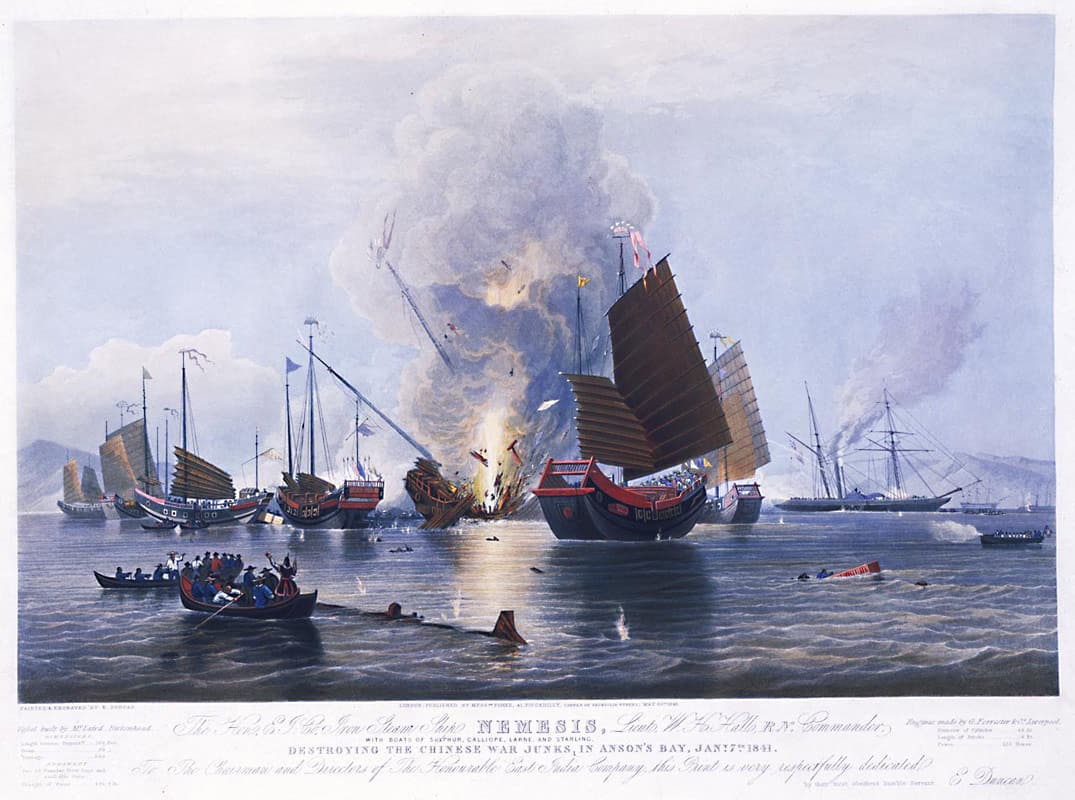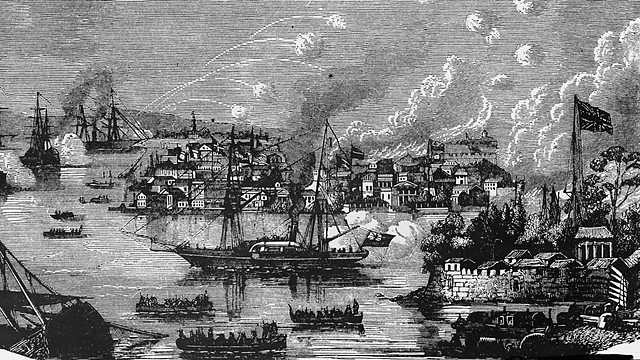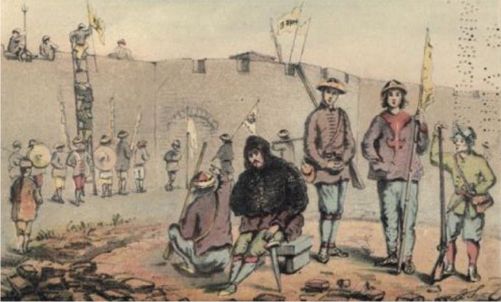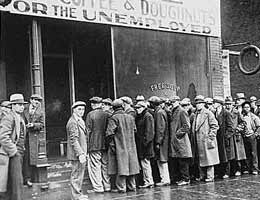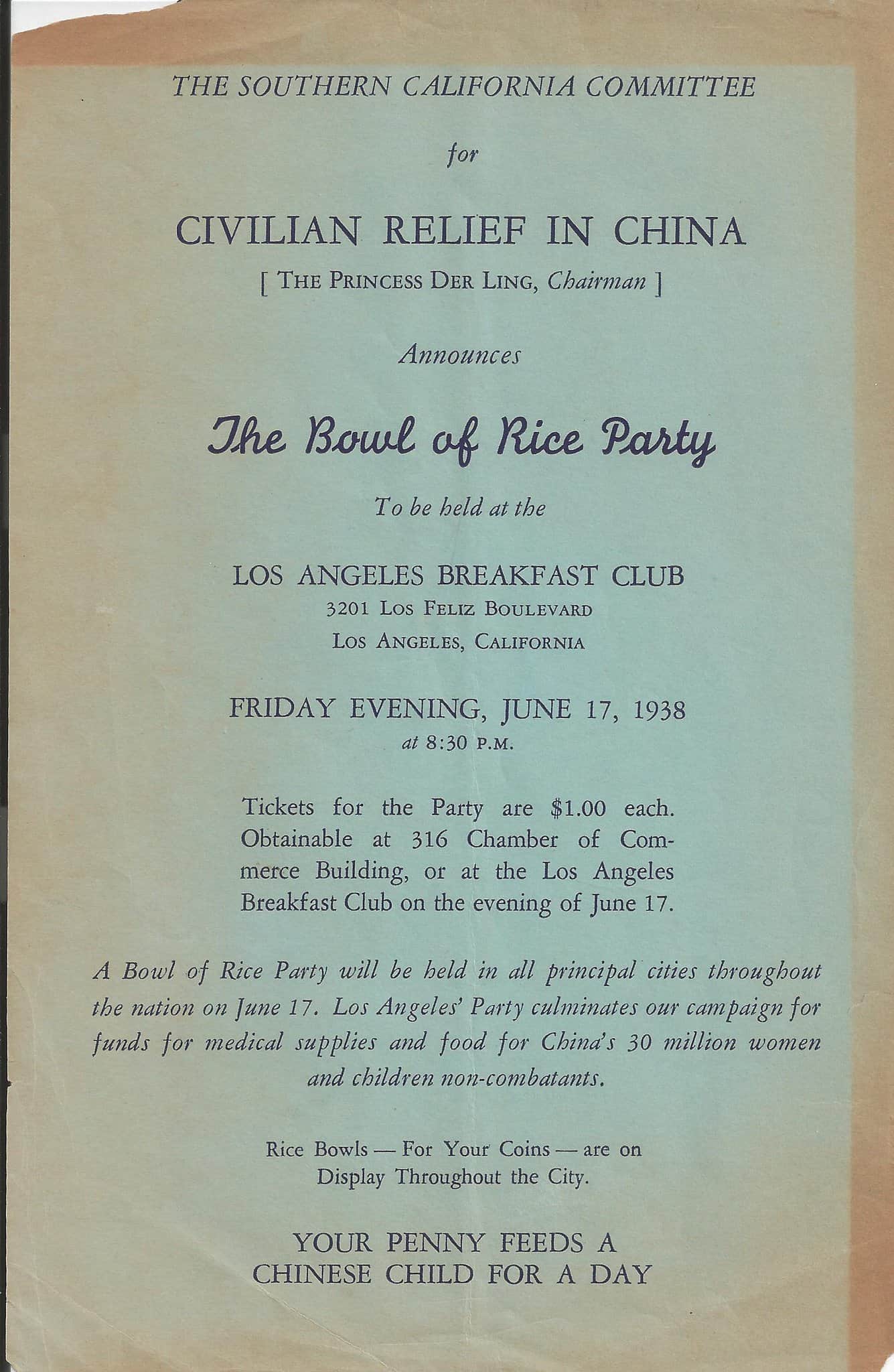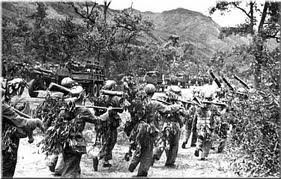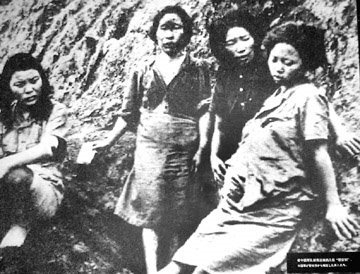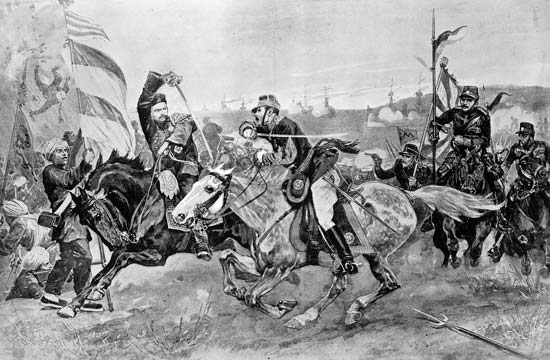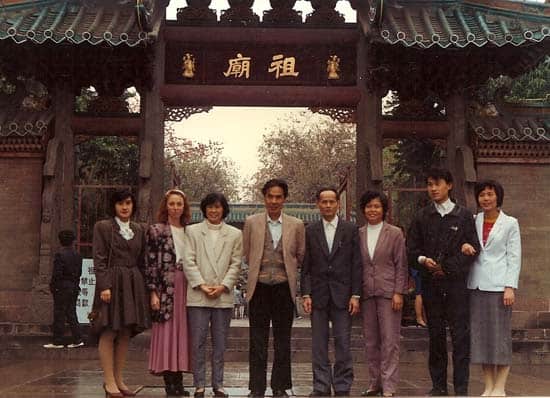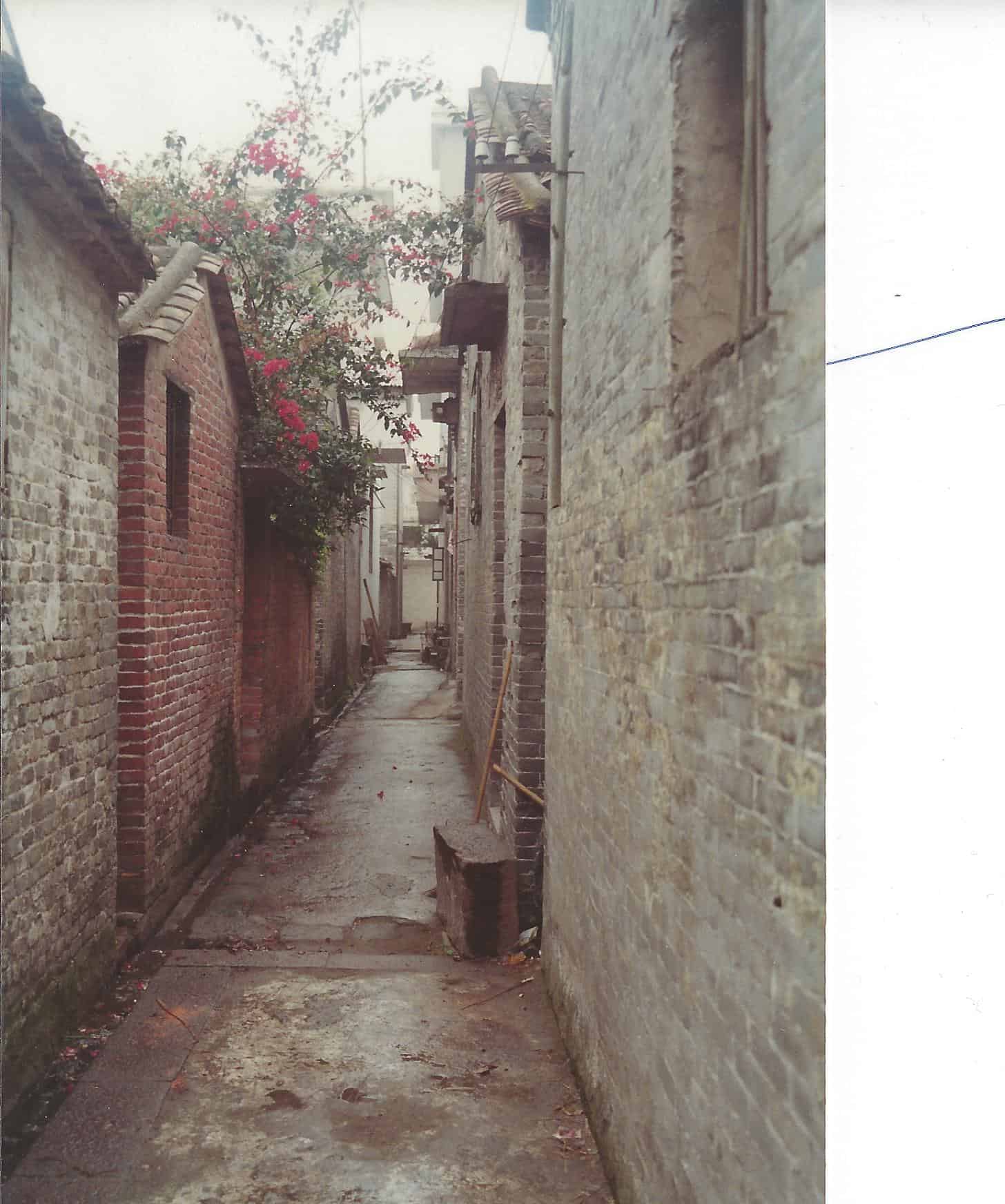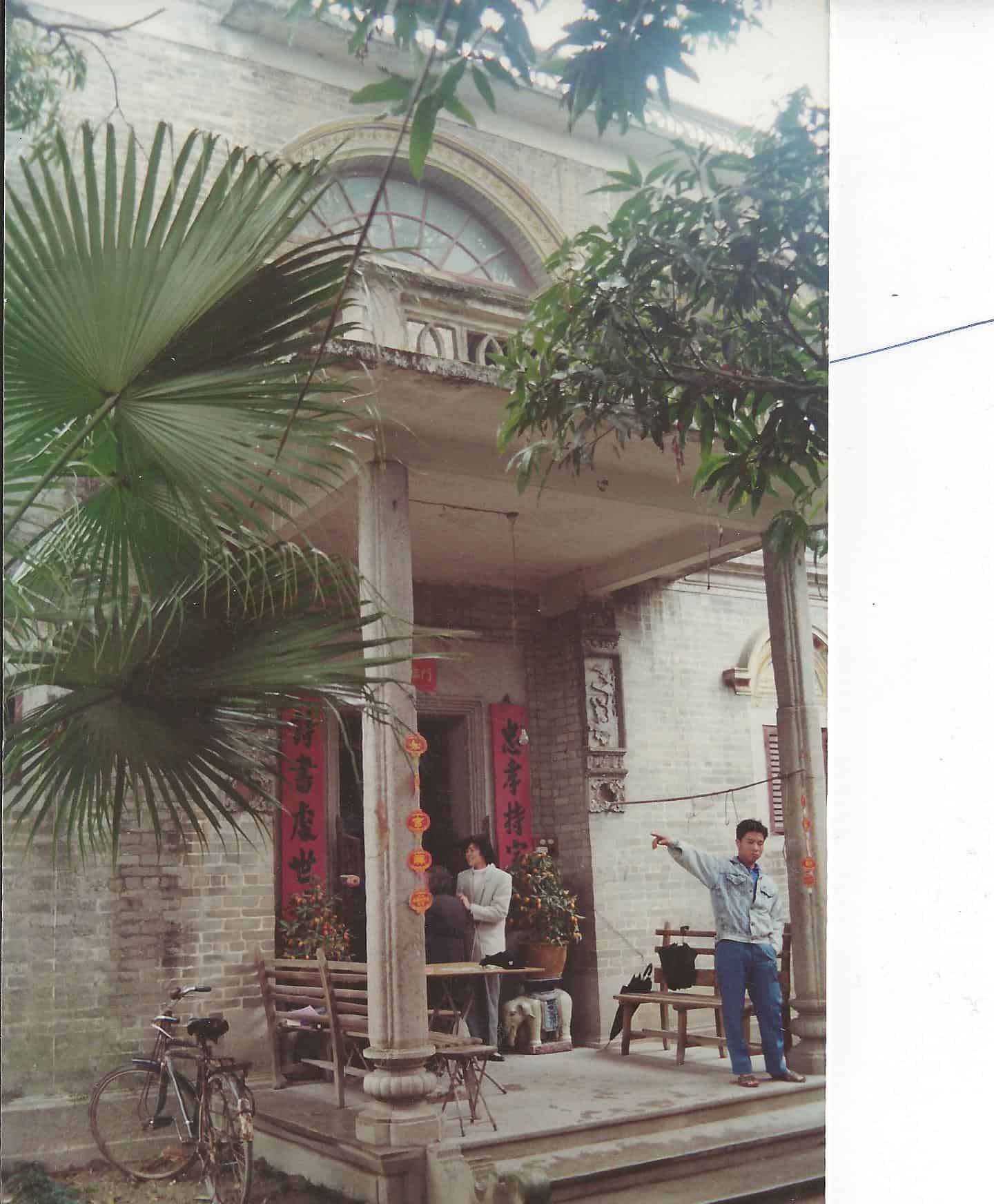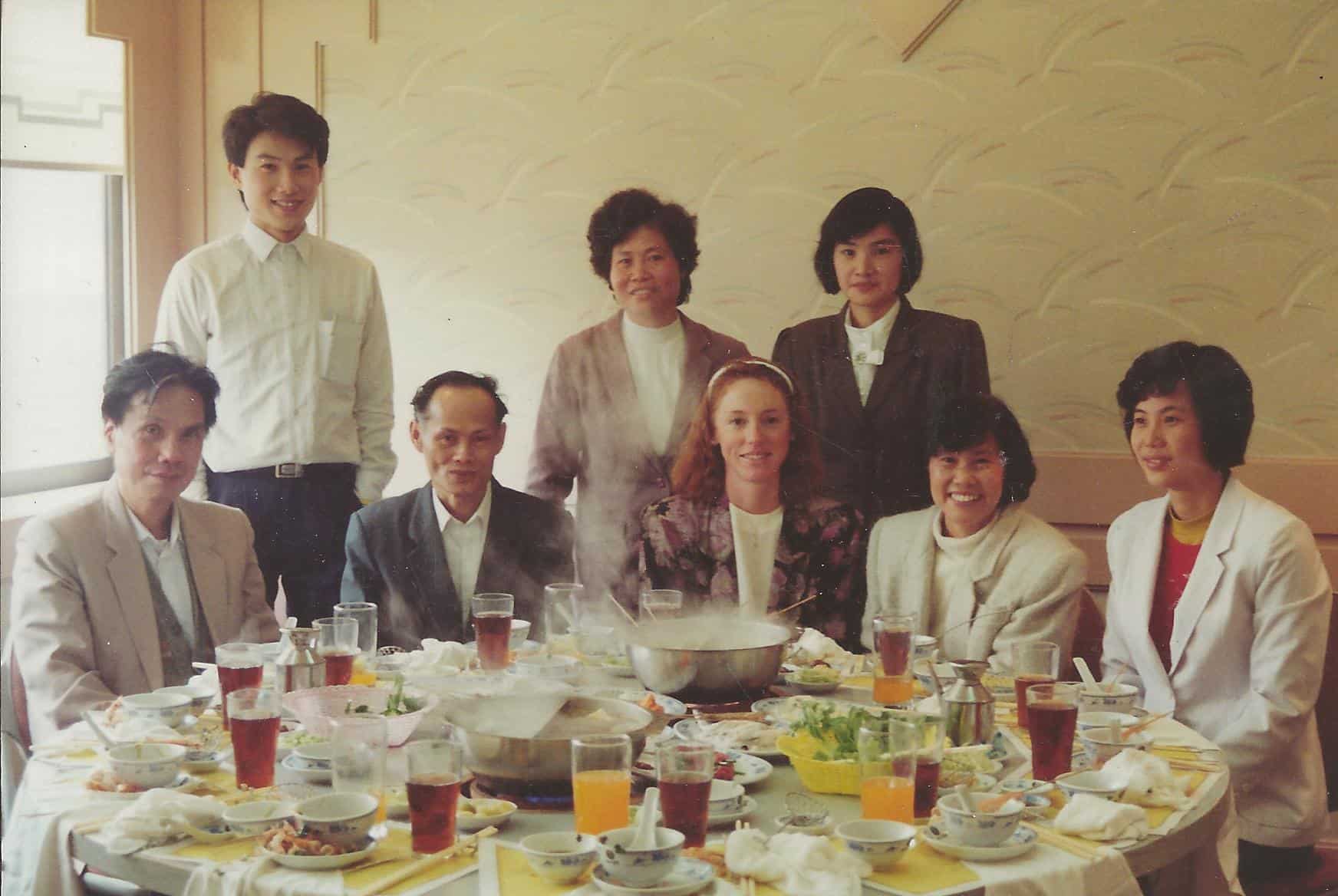On GOld Mountain
Go deeper inside On Gold Mountain
Welcome to an in-depth look at Lisa See’s On Gold Mountain. Here you’ll find photos, interviews, maps, and more, reflecting the history of the See family.
About
“Readers sometimes tell me that Fong See was an extraordinary man. Maybe he was for his time and place, but he wasn’t a Rockefeller or a Kennedy, a Gates or a Jobs. He didn’t change the world or wield power outside of his own family or Los Angeles Chinatown. Uncle and Fong See’s descendants, and I include myself in this, are not extraordinary. We are quite ordinary, but I believe there’s a lot to be learned from the ordinary and it’s that very ordinariness that links my family to all American families. We all had someone in our families who was crazy enough, brave enough, or dumb enough to leave his or her home country to come here. (Even Native Americans came from somewhere else.) We all share in that immigrant experience. Maybe my family had a teapot and your family had a coffeepot, but we all–somewhere along the line–had a mother and a father. We all had people in our families who struggled and sacrificed so that we can be here today. All of us want our families to be proud of us, and they show that to us sometimes in unexpected ways”
On Gold Mountain, pages 384-385 (Hardcover)
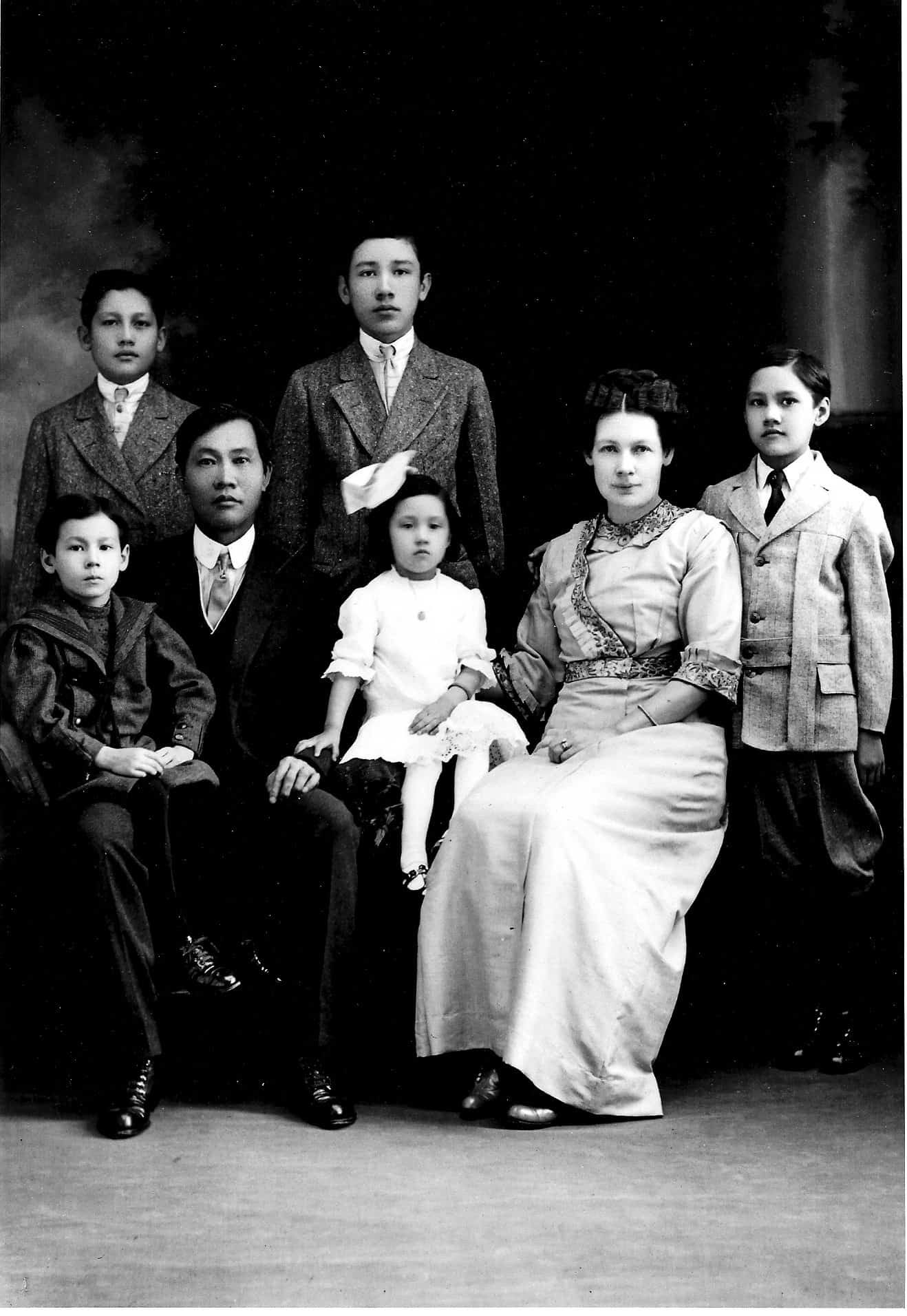
Chinese-American
“Since Exclusion, the government had begun tracking all Chinese-owned businesses throughout the country as a way of keeping tabs on merchants, the one permitted class of Chinese immigrant that could easily be faked. Every Chinese business had to report twice yearly on the status of the company and the number of partners or ‘merchants’ involved. Immigration officials cross-checked dates and names for possible shenanigans, using the files as the basis for interrogations of Chinese residents wishing to travel in or out of the country. In 1894, twelve years after the Exclusion Law went into effect, Fong See once again filed a business application. But he was involved in manufacturing, a category not covered by the new immigration laws”
On Gold Mountain, pages 47 (Hardcover)
Click on an image below to learn about the experience of Chinese-Americans.
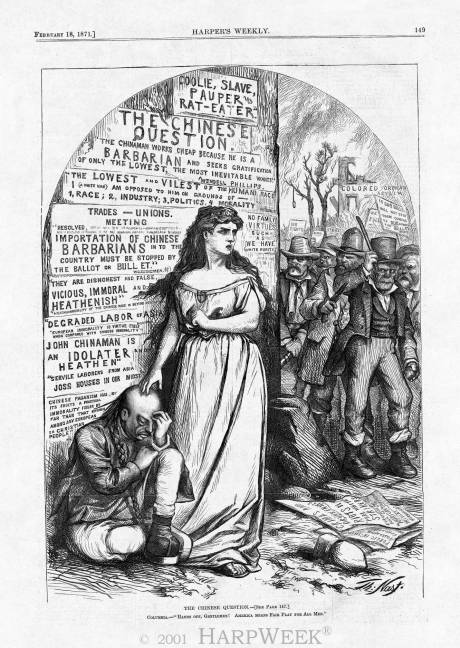
(Photo courtesy of Harpweek)
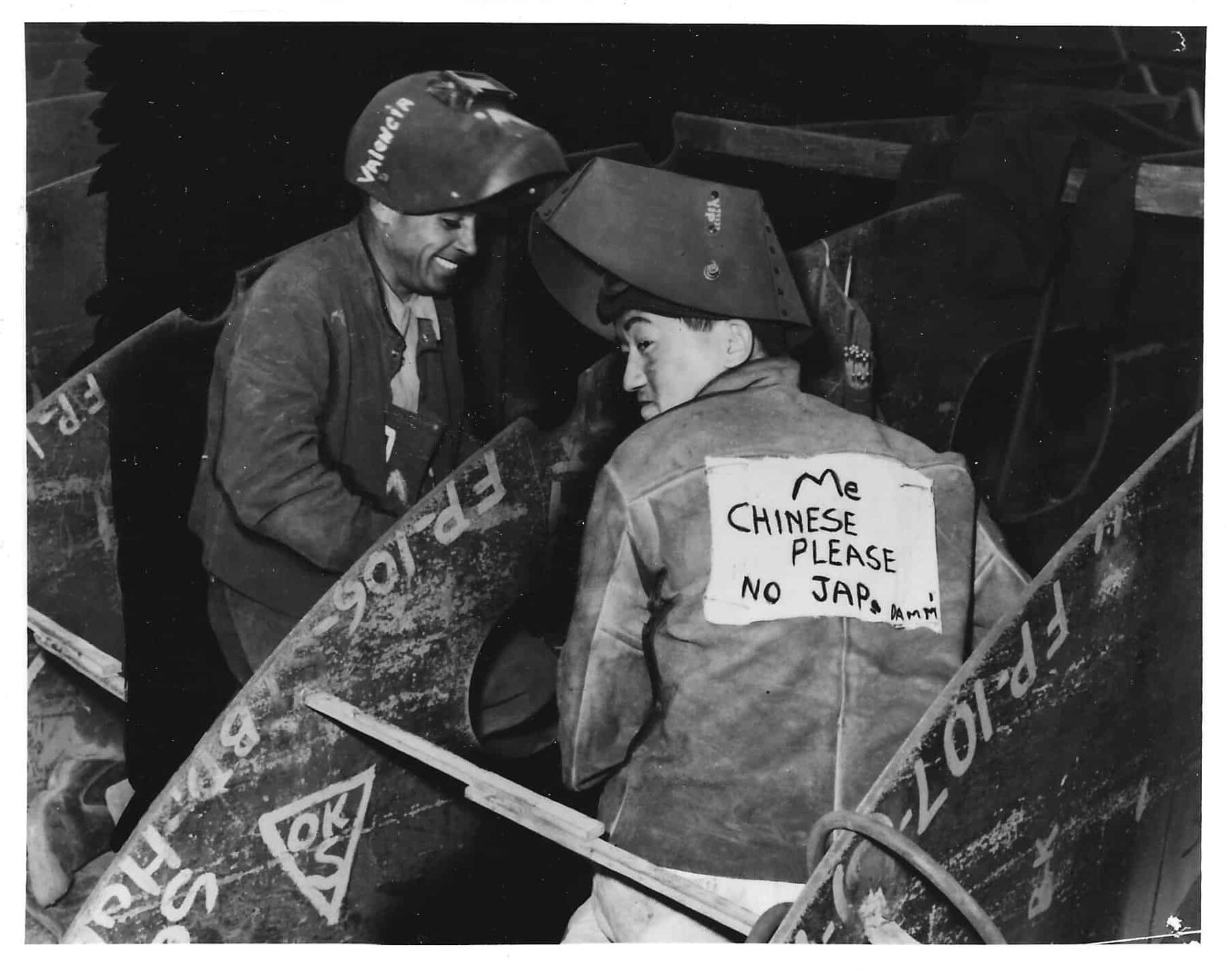
(Photo Credit: Hearst Collection, Dept. of Special Collections, USC Library)
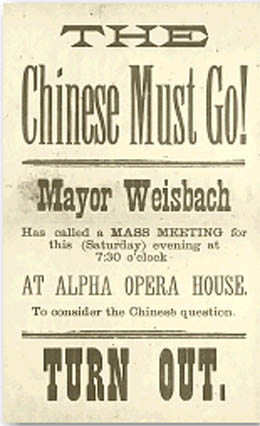
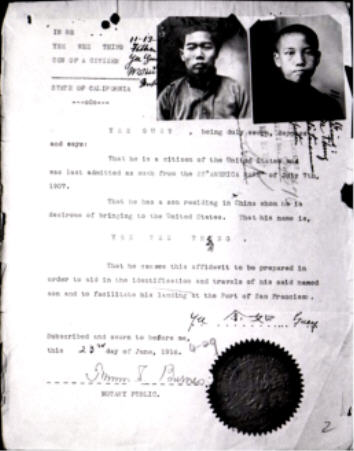
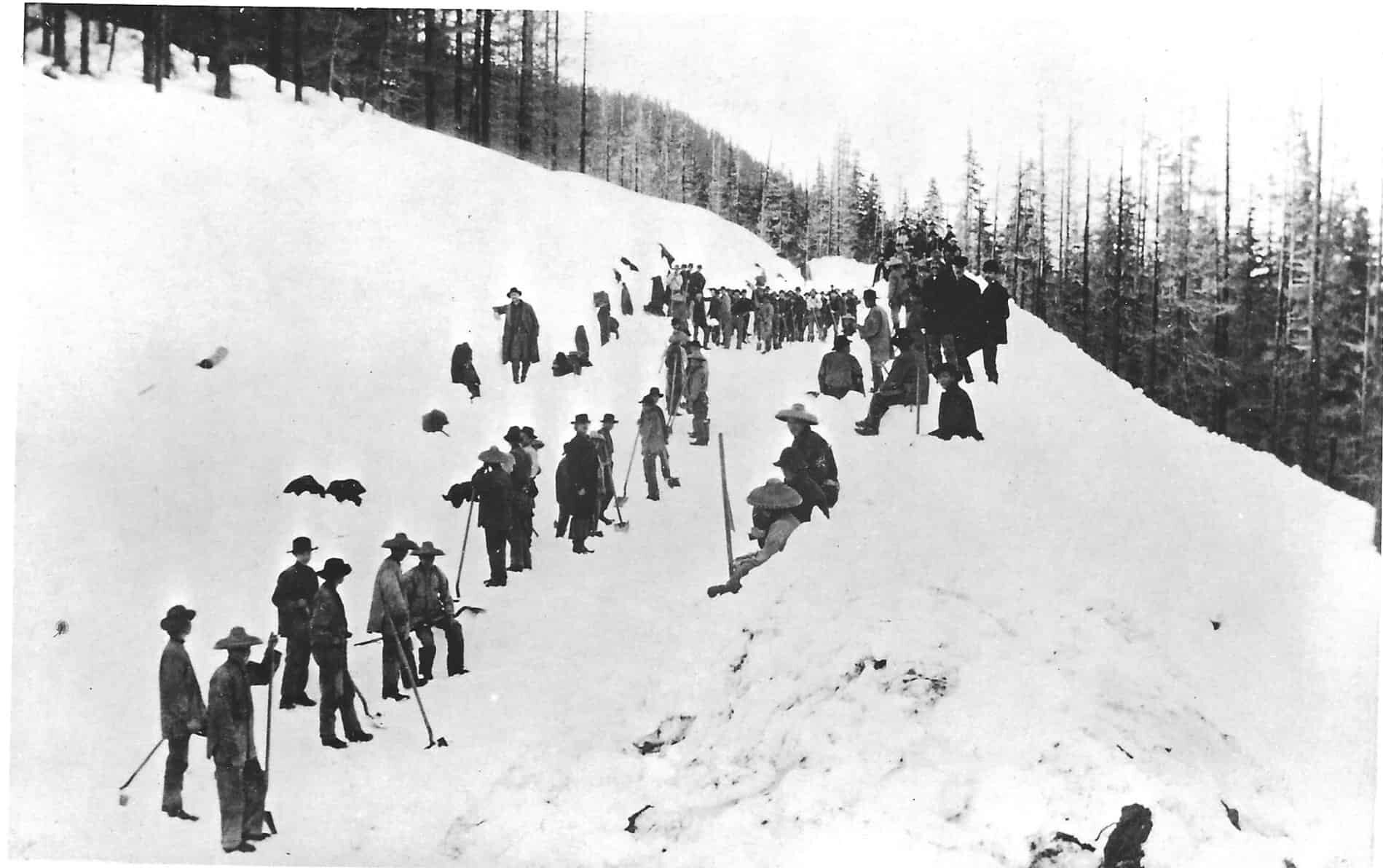
(Courtesy of Asian American Studies Library, UC Berkeley)
Events
Here you will find more background information about some of the major events mentioned in On Gold Mountain. If you would like to focus specifically on Chinese history in America, please look at the tab labeled “Chinese.” If you would like a general overview of the time covered in On Gold Mountain, please look at the tab labeled “World.”
Also, you can click here for a more in-depth timeline, tracking major events in the World, California, Los Angeles Chinatown, and the See Family.
Chinese Events
“With three children, two stores, and an active auction business on the side, Fong See required more help. On January 3, 1904, Fong Yun and his older brother Quong arrived in San Francisco Bay on the Coptic. Unlike Fong See and his family, the brothers were detained and treated as common immigrants–just two members of a nameless “horde” of Chinese that the United States was determined to keep out. The inspectors made thorough physical examinations of both men, matching Quong to his original exit file and noting the Fong Yun had a small mole on his forehead, small pockmarks on his neck, and a large amount of hair on his legs”
On Gold Mountain, page 77 (Hardcover)
Please click on a photo below to learn more about these events.


(Photo courtesy of Wyoming State Archives)
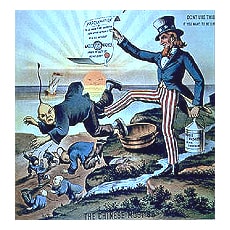
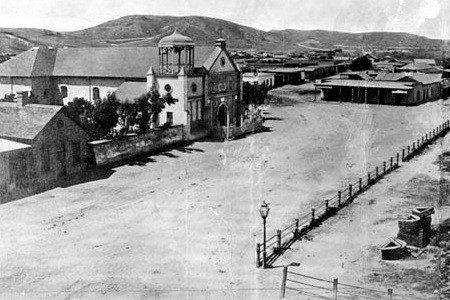
(Photo courtesy of Los Angeles Public Library)
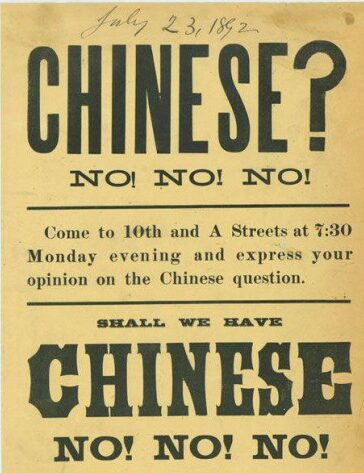
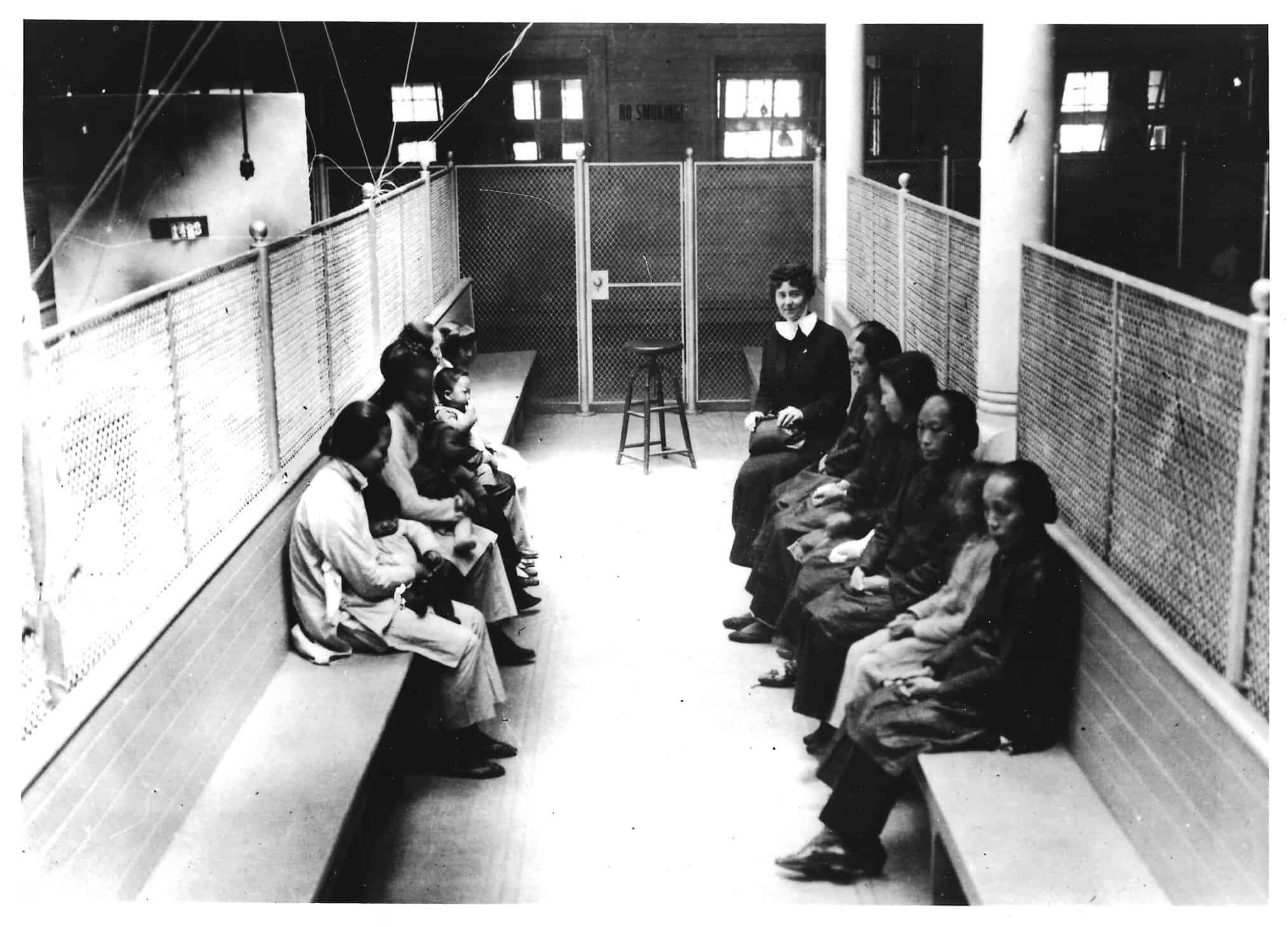
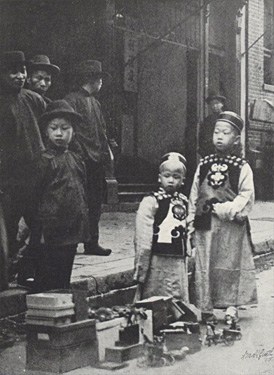
(“Young Aristocrats,”
Pictures of Old Chinatown
by Arnold Genthe, 1908)
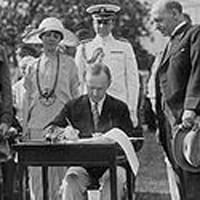
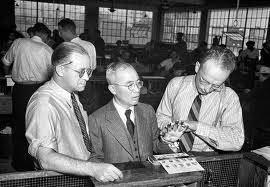

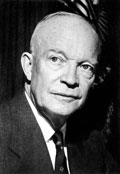
World Events
“These were times of terrible unrest in China. When he was a young man and just married, there had been the first Opium War of 1840. His country and paid six million taels of silver to Great Britain to redeem Canton, as well as thirty-three-million-tael indemnity payment. Hon Kong had been given to the British, and other ports had been forced open. Opium had flooded the market. Over the years, Fong had seen what this did to rich and poor alike. The Second Opium War, which had ended only six years ago, in 1860, was even worse: another huge payment had been made to the British; missionaries had been permitted to come and preach about their one god; more ports had been opened; and cheap, mass-produced items had begun to be imported, destroying his country’s small industries. It was unfair, but China’s weapons–spears, swords, arrows, and outdated canons–were no match for British artillery, rifles, and ships”
On Gold Mountain, page 5 (Hardcover)
Please click on a photo below to learn more about these events.
People
Visit the “Family & Friends” and “Historical Figures” tabs to see photos of the central figures of On Gold Mountain.
Family Gallery
“What has emerged is a story of melting–how people and cultures melt in all directions. What I haven’t mentioned yet is that when my grandmother included herself among the Chinese who had to wear buttons during the war, she might be tucking loose strands of red hair into her bun. My grandmother–like my great-grandmother–was white, but she was Chinese in her heart. She had melted into that side. Over the years, she had packed away her eyelet dresses with their cinched waists, and had adopted black trousers and loose fitting jackets, which she always wore with a beautiful piece of Chinese jewelry. She learned how to make lettuce soup, how to give those brides their lai see, how to be a proper Chinese daughter-in-law. My great-grandmother, grandmother, and mother were as white and ‘American’ as they could be, yet they all chose to marry men whose culture was completely different from their own”
On Gold Mountain, page xx (Hardcover)
Please click on a photo below to learn more about these events.
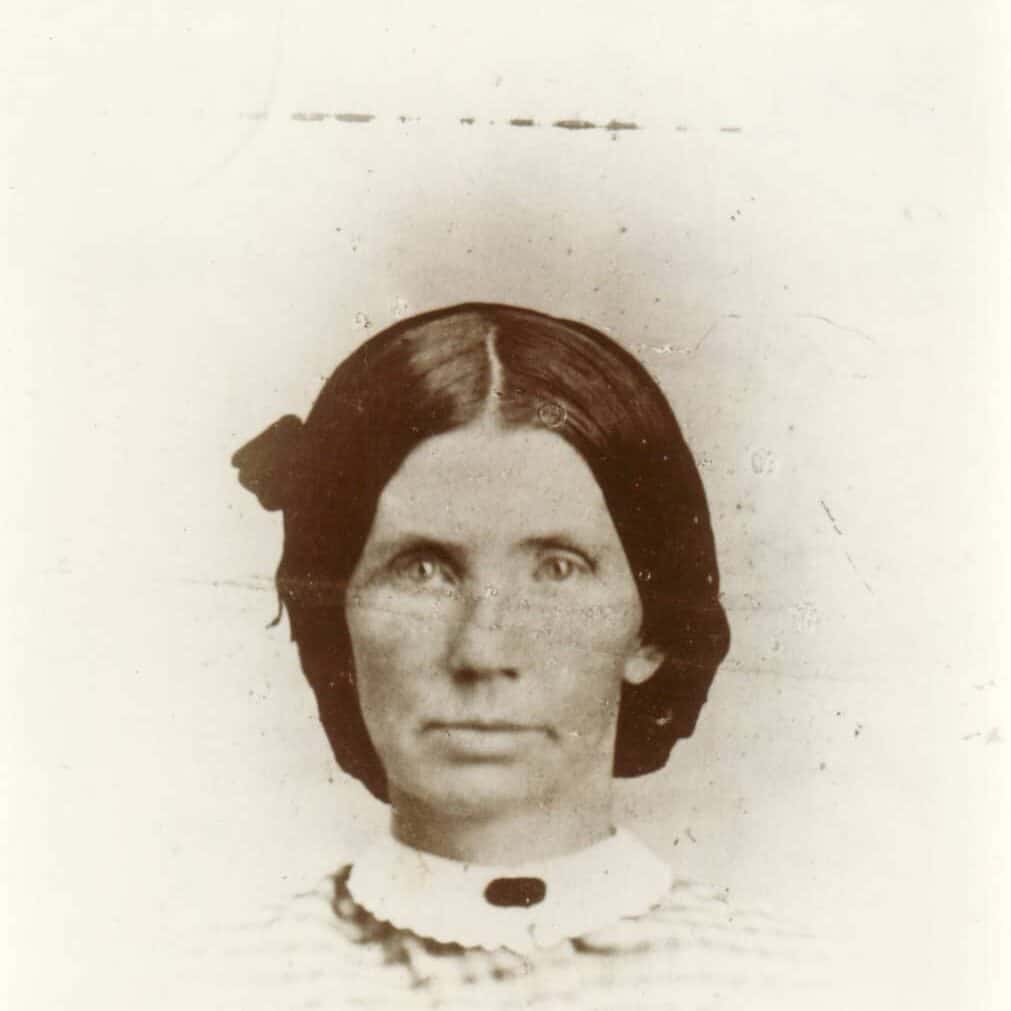
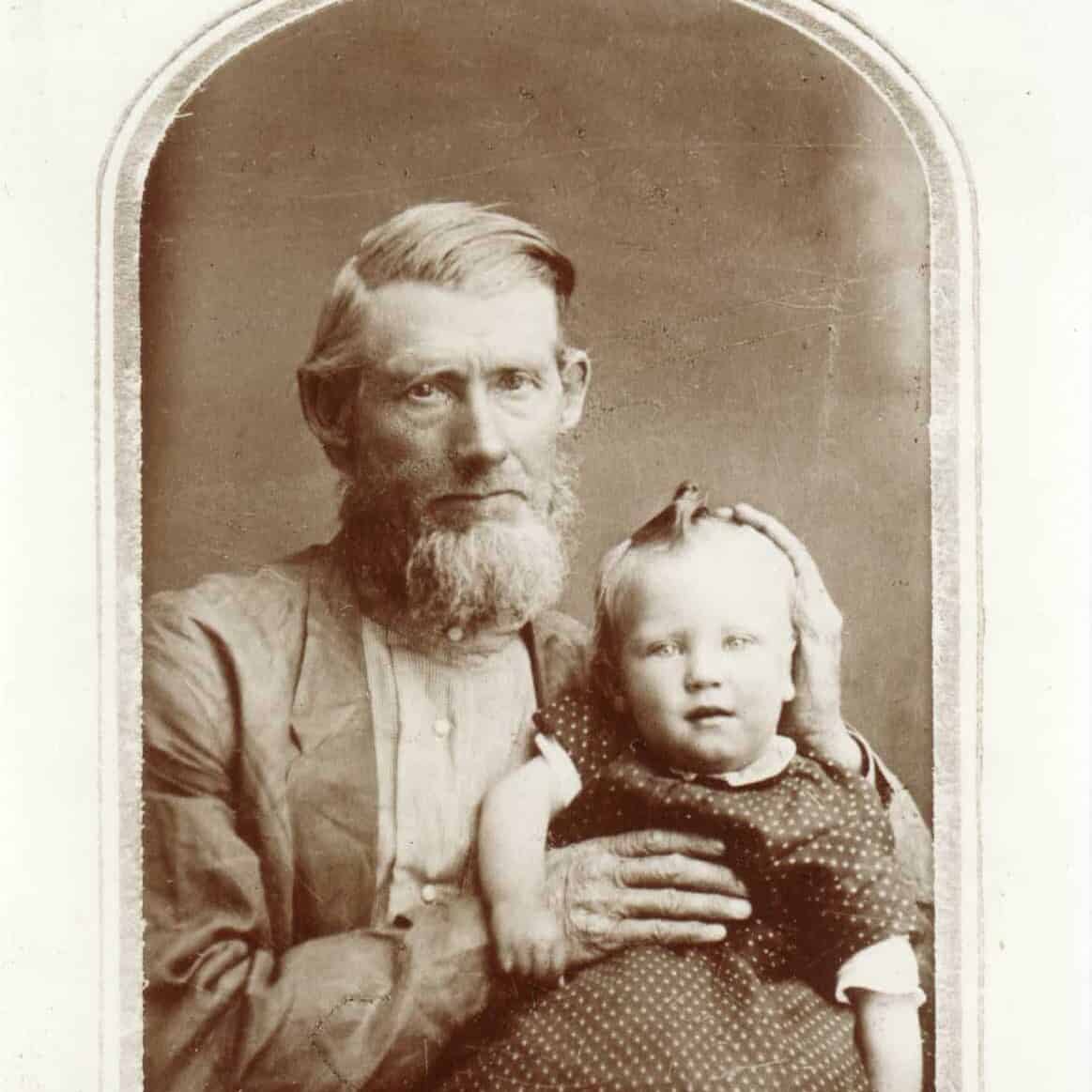

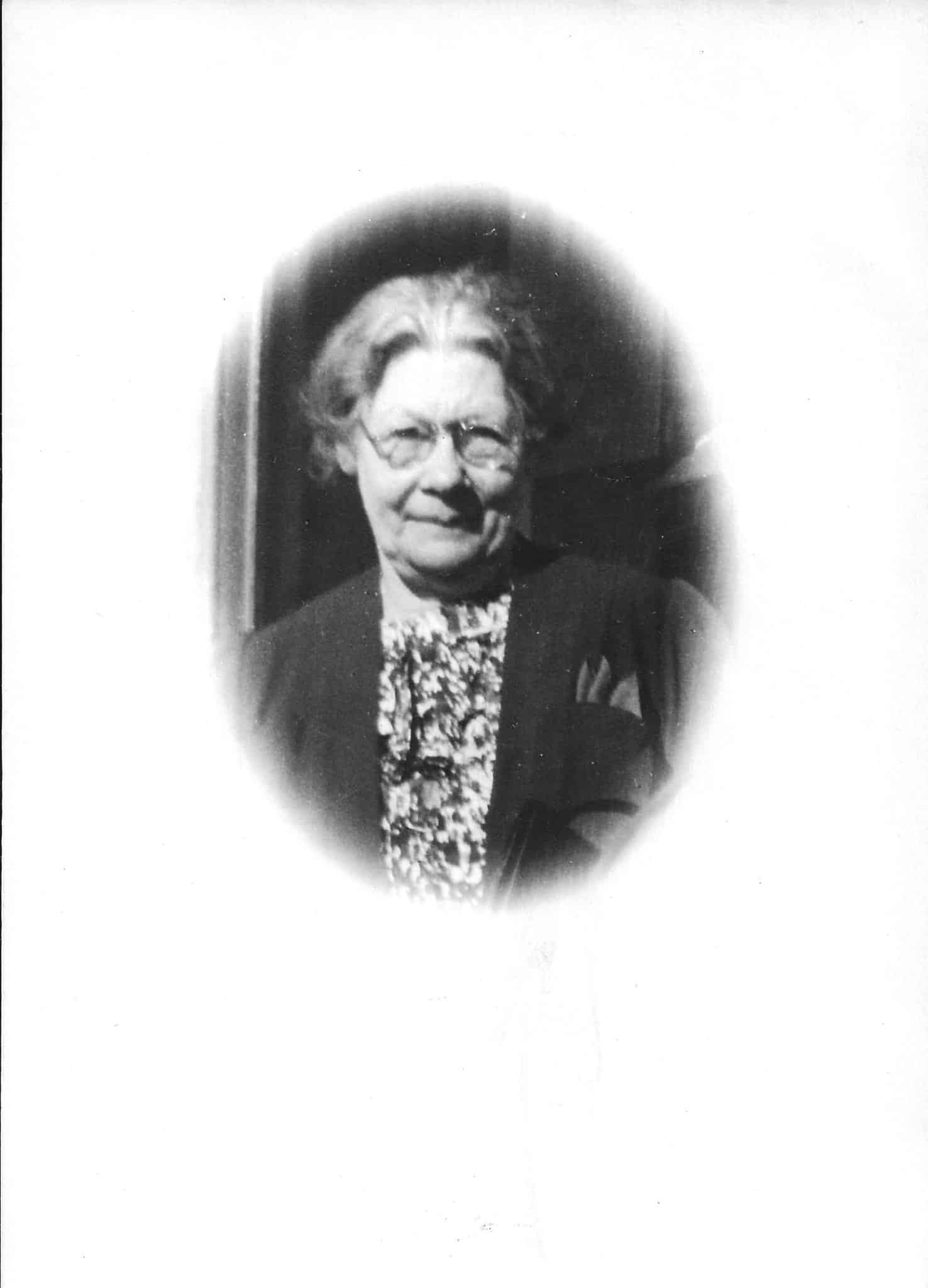

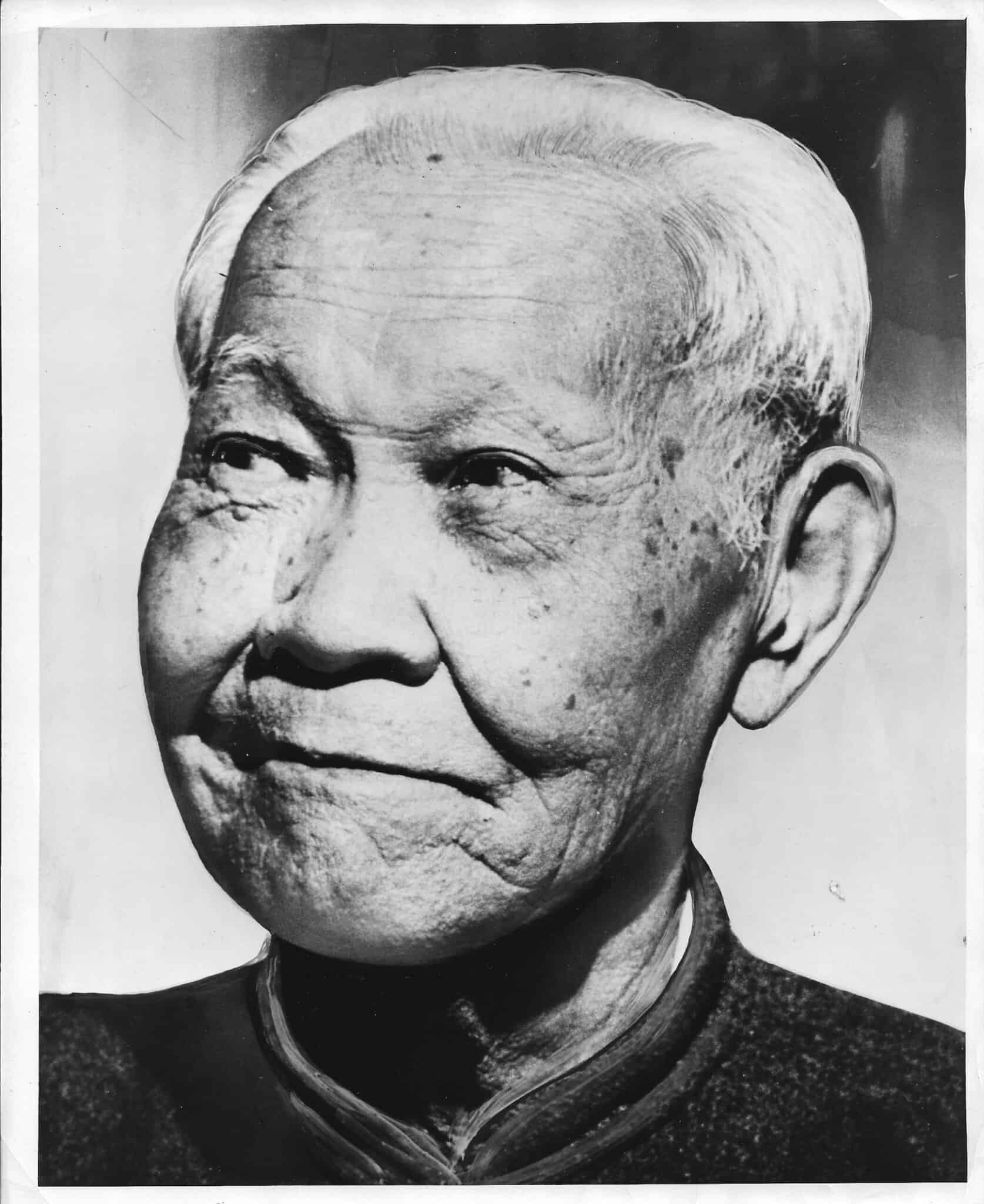

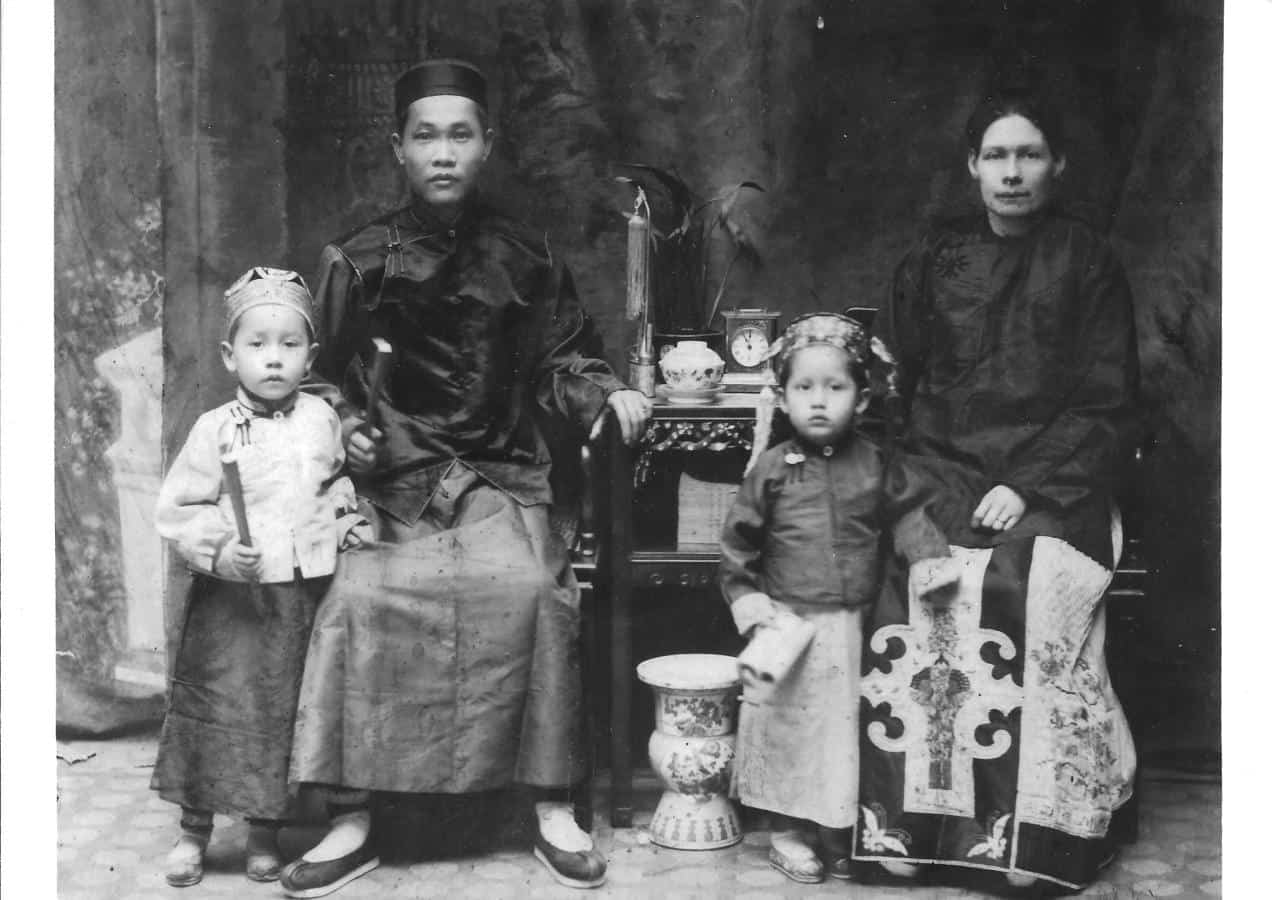
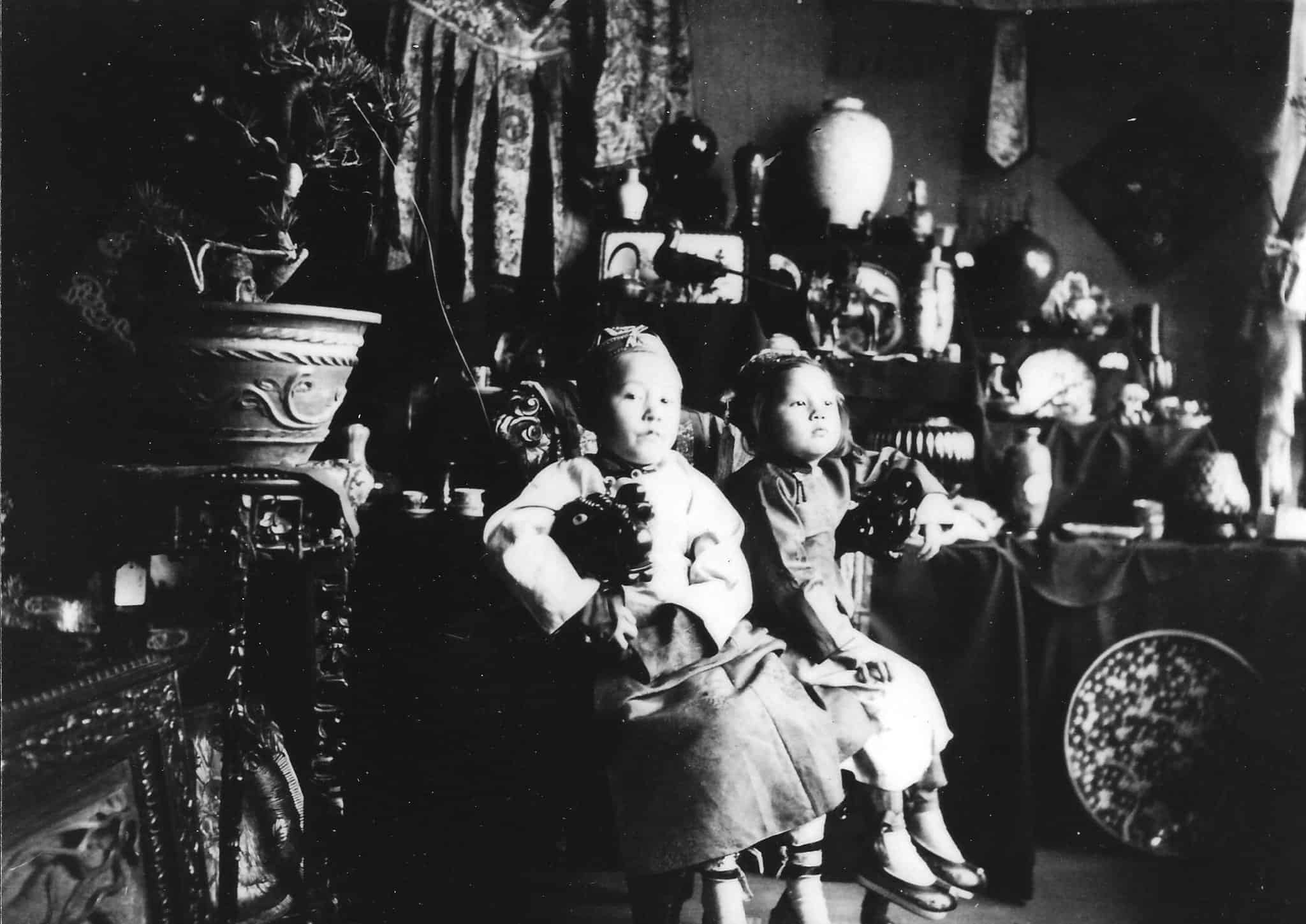
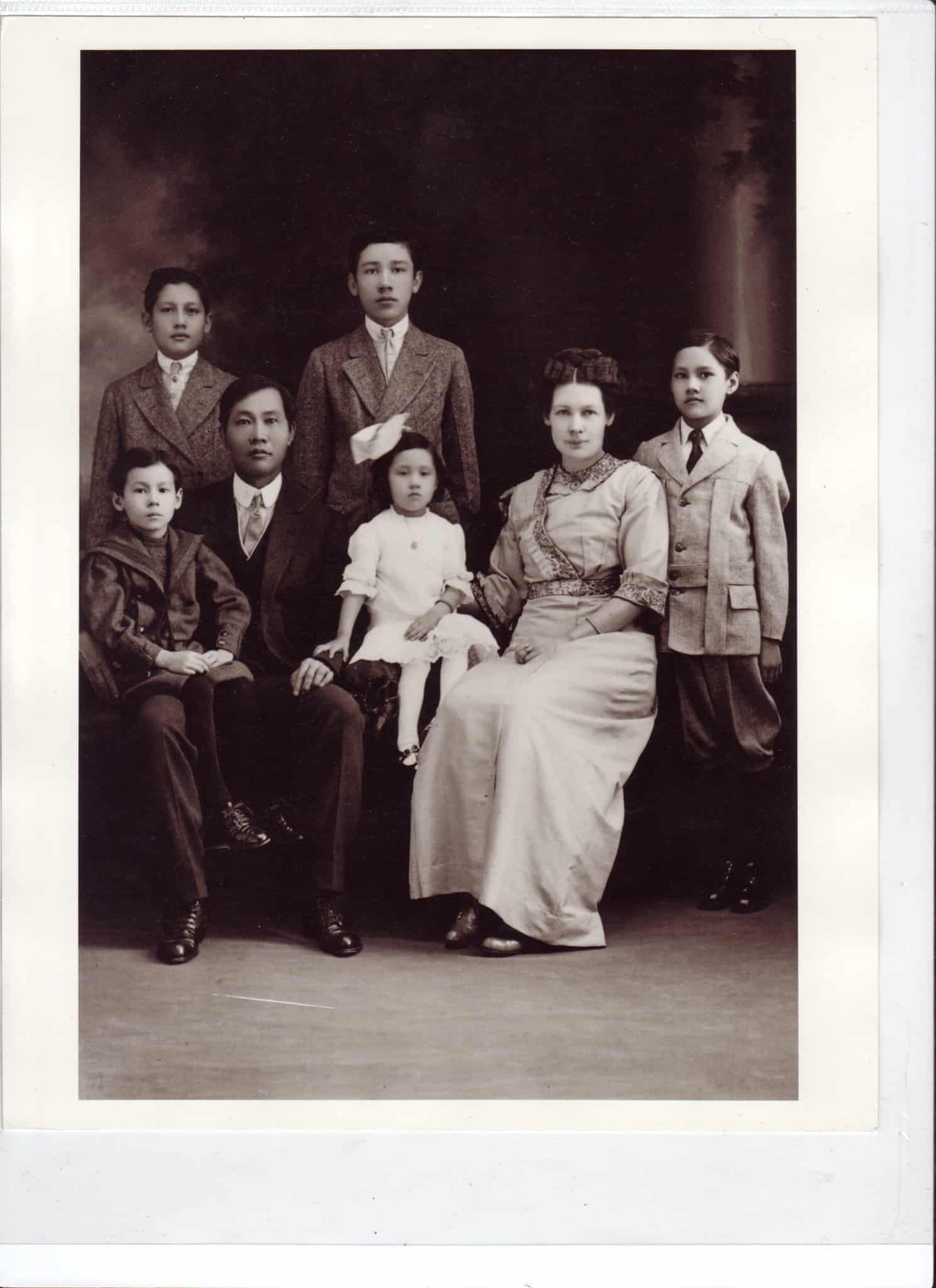
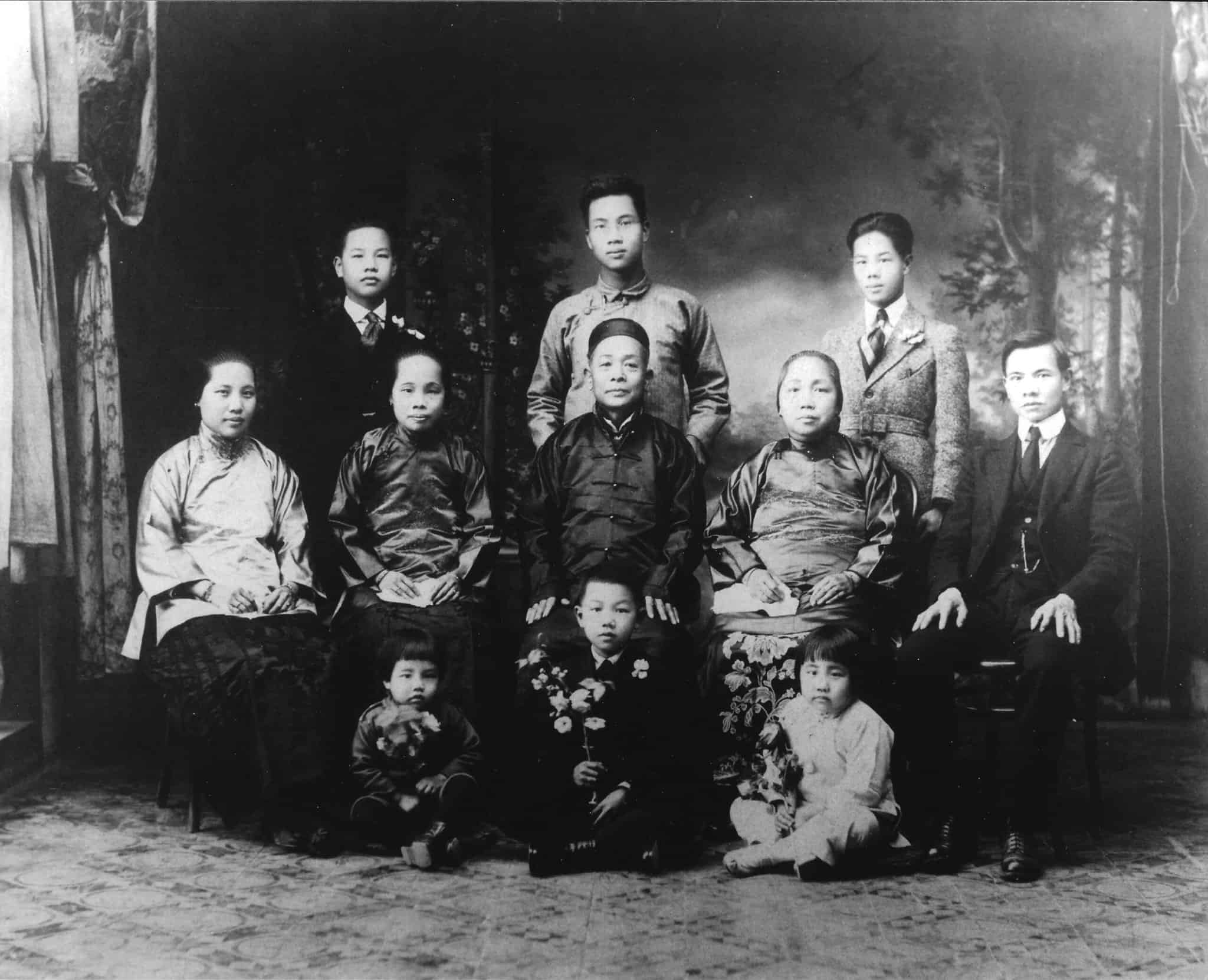

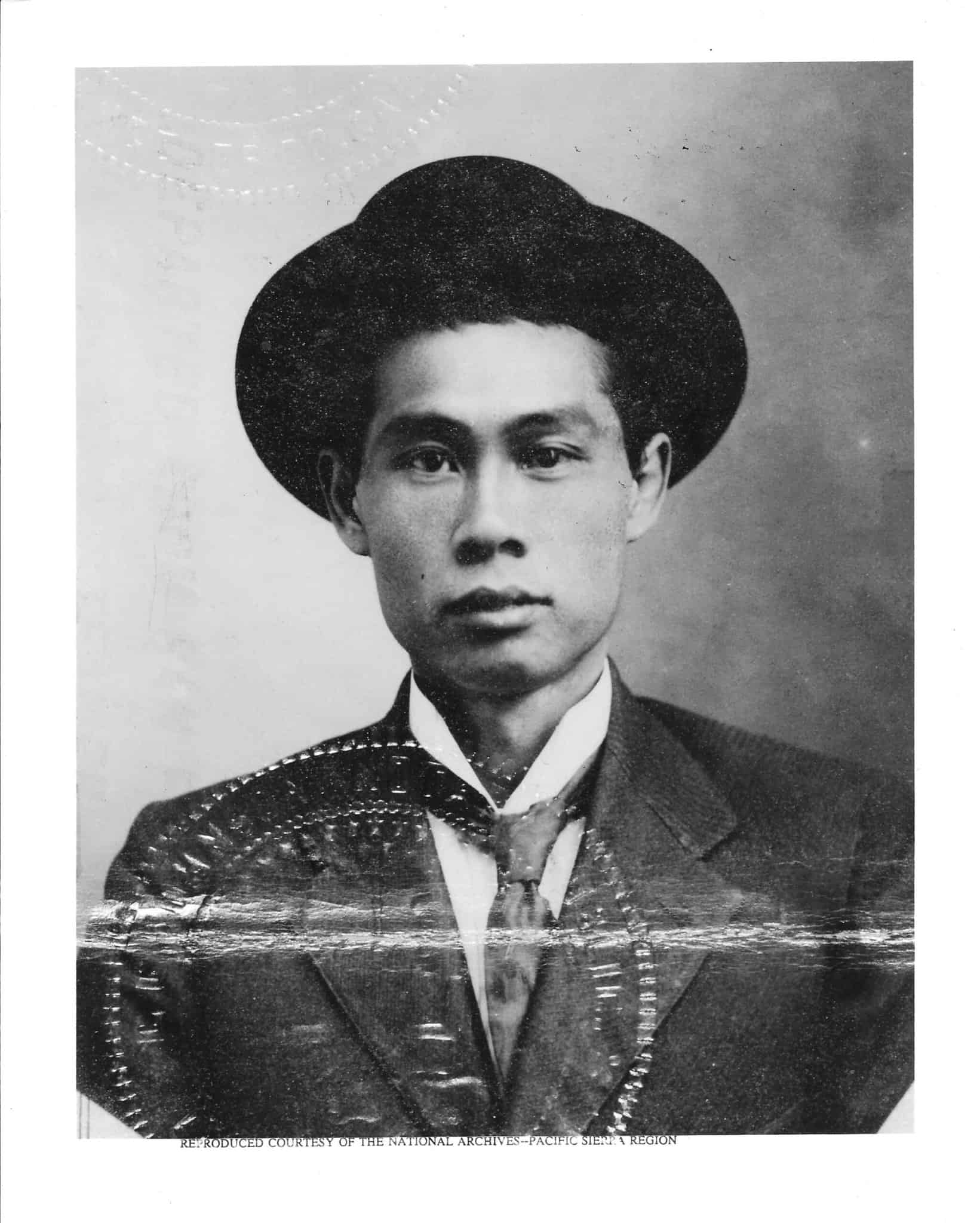

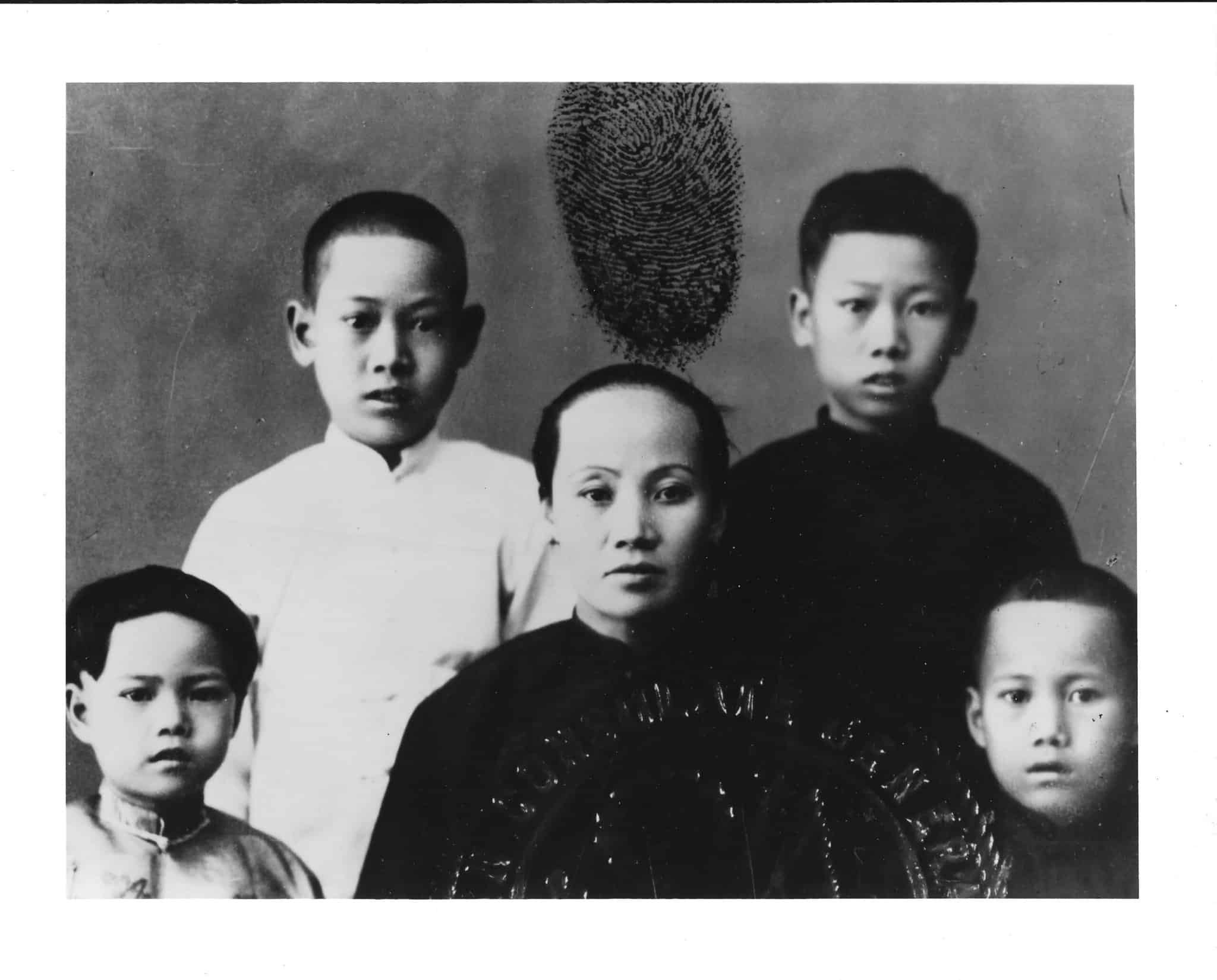


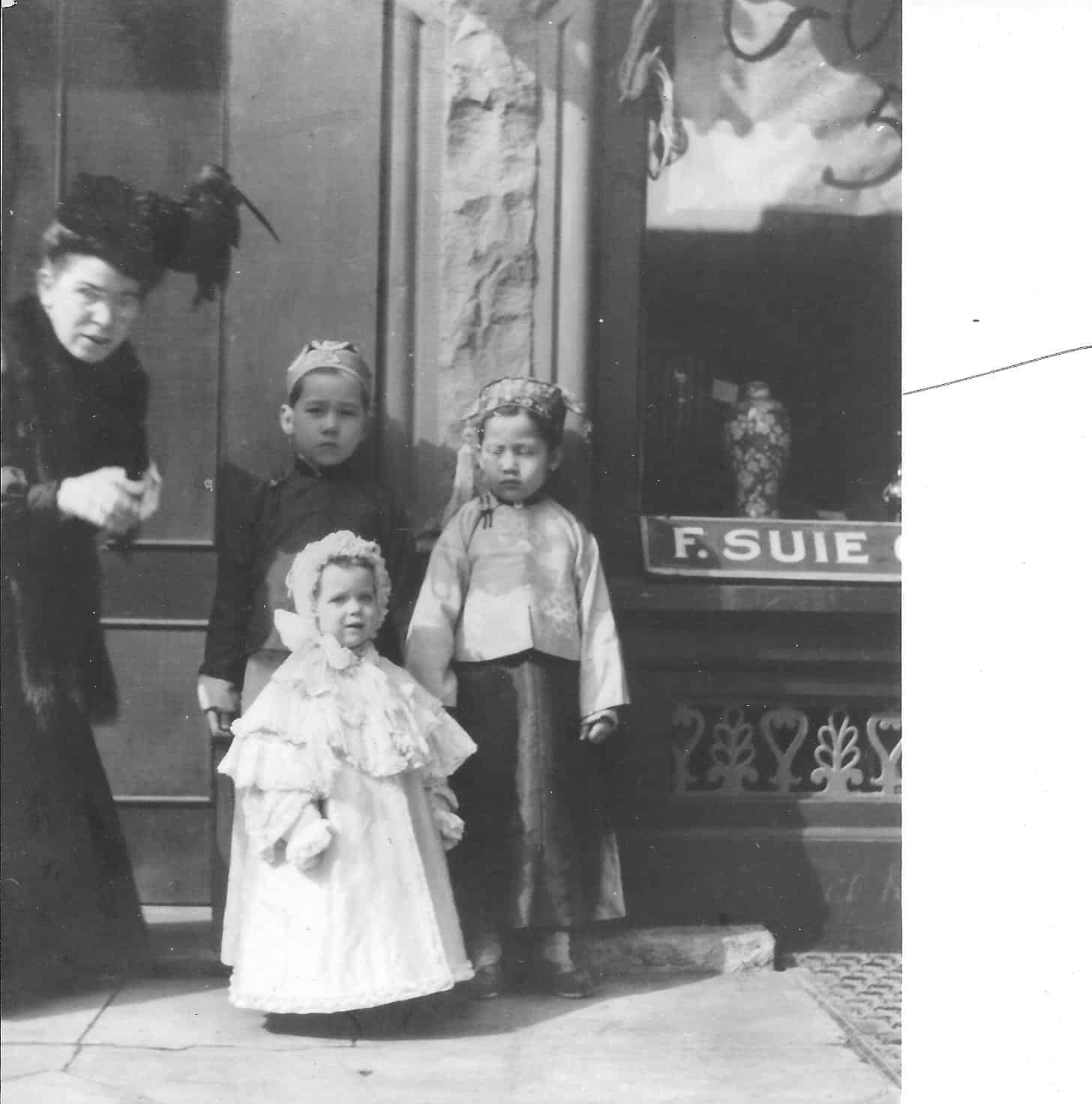
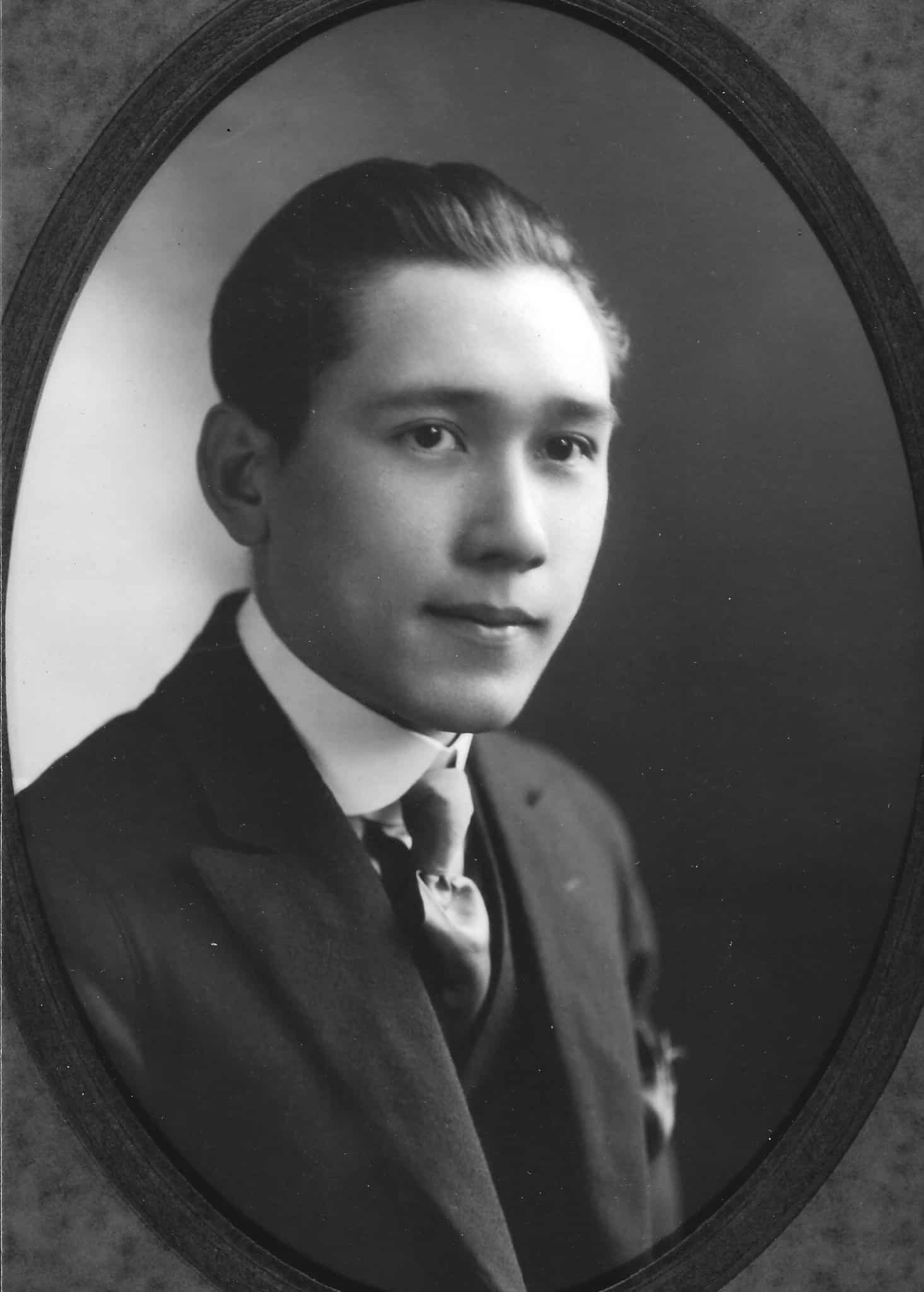
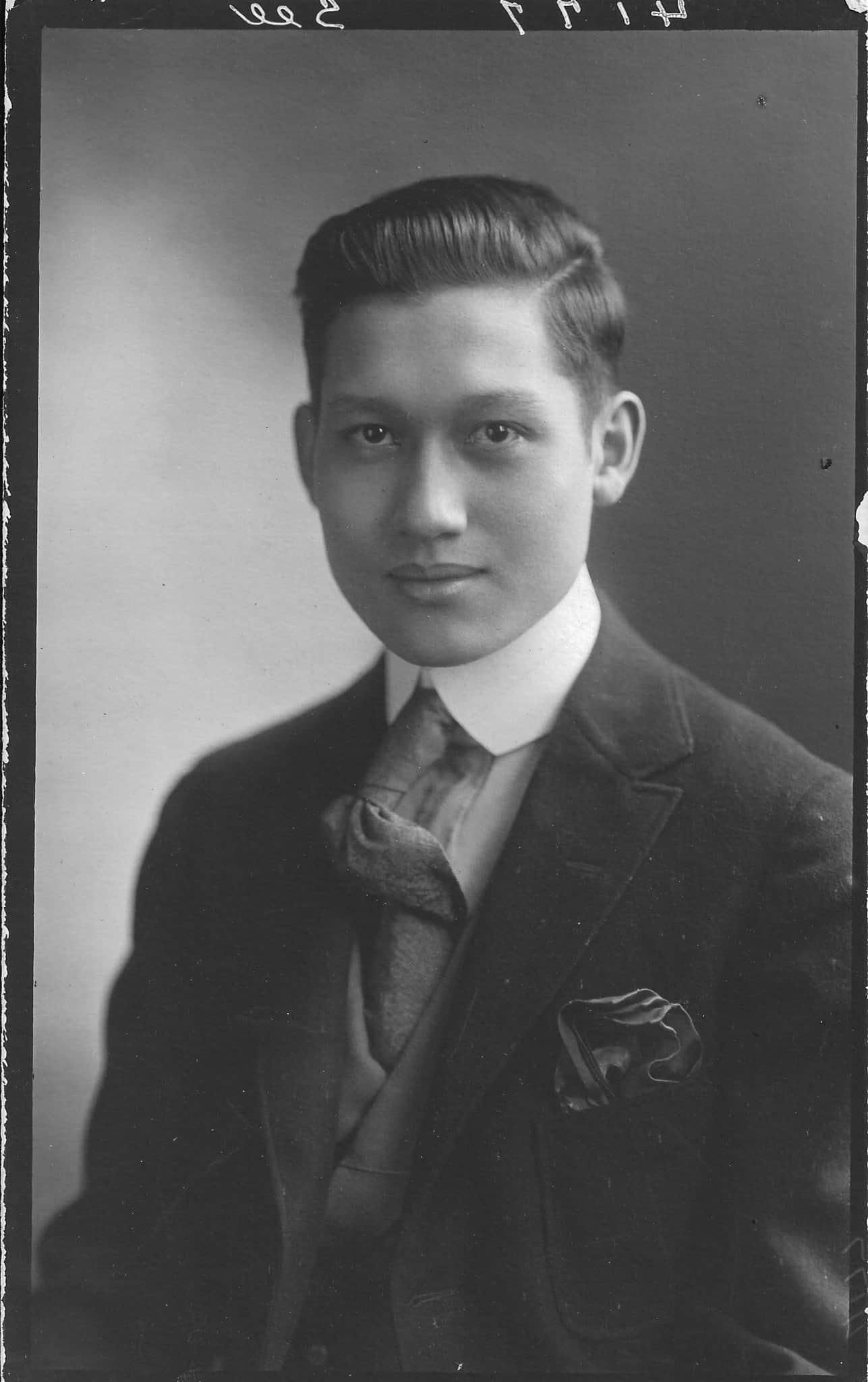


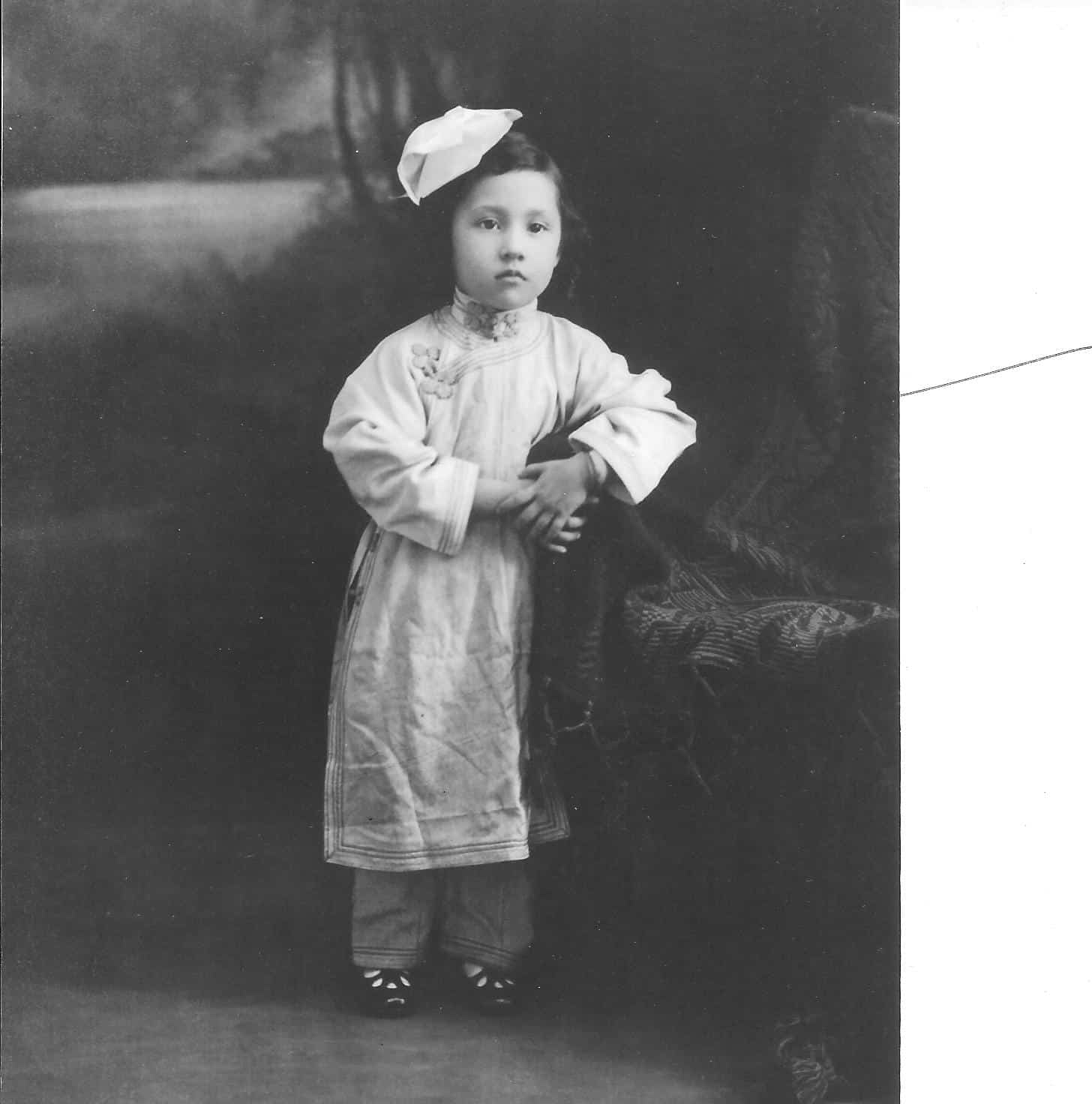
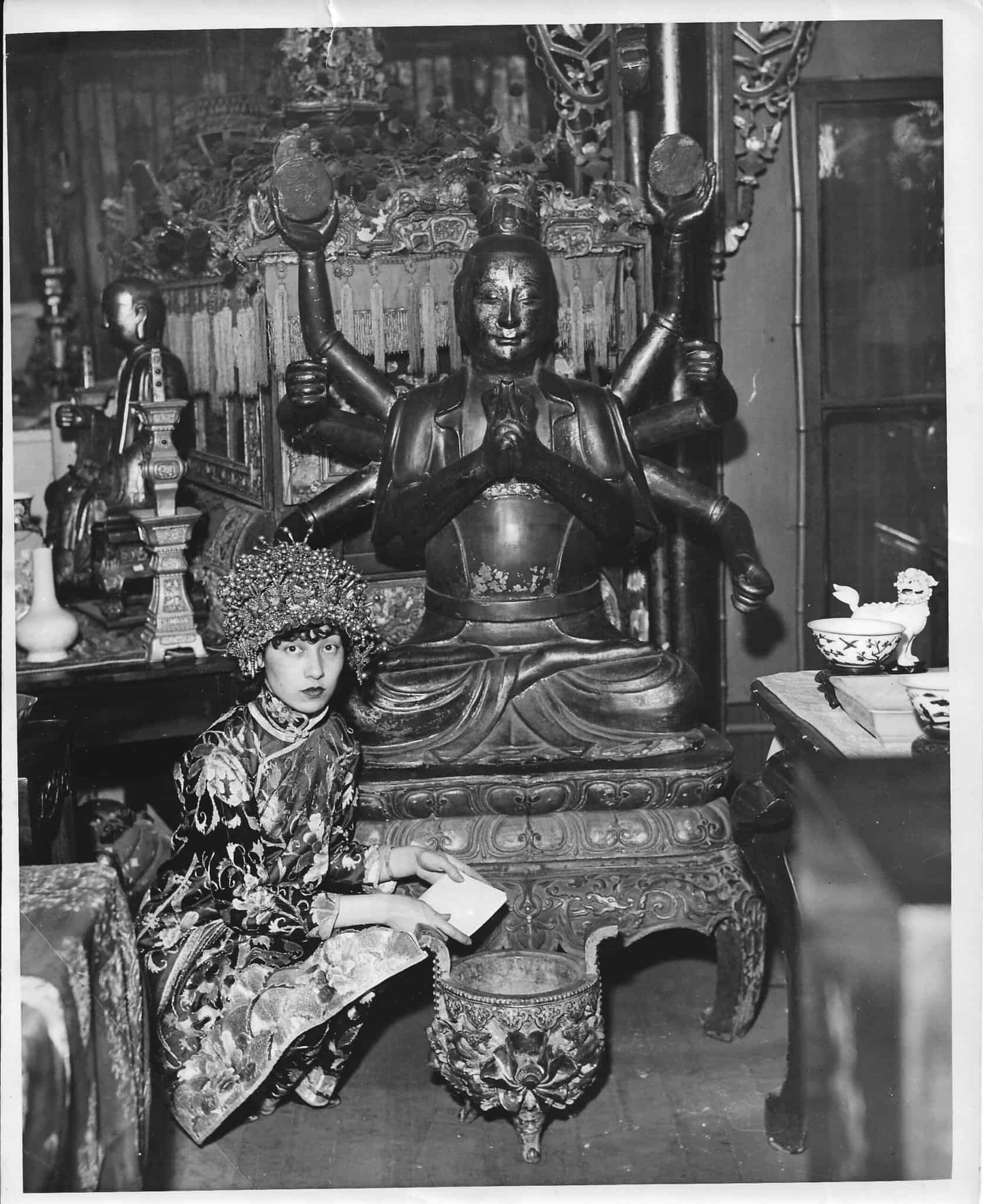




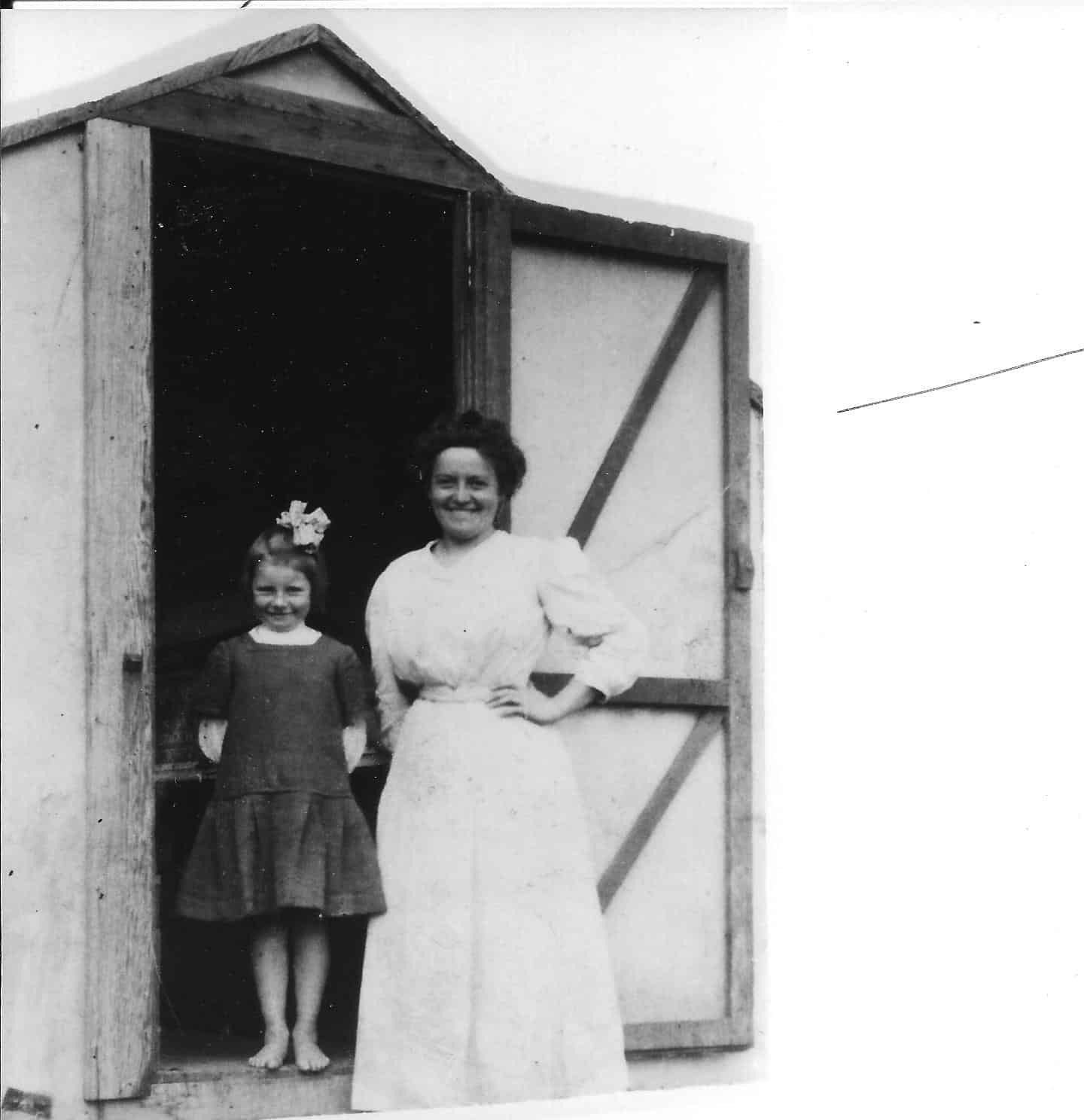
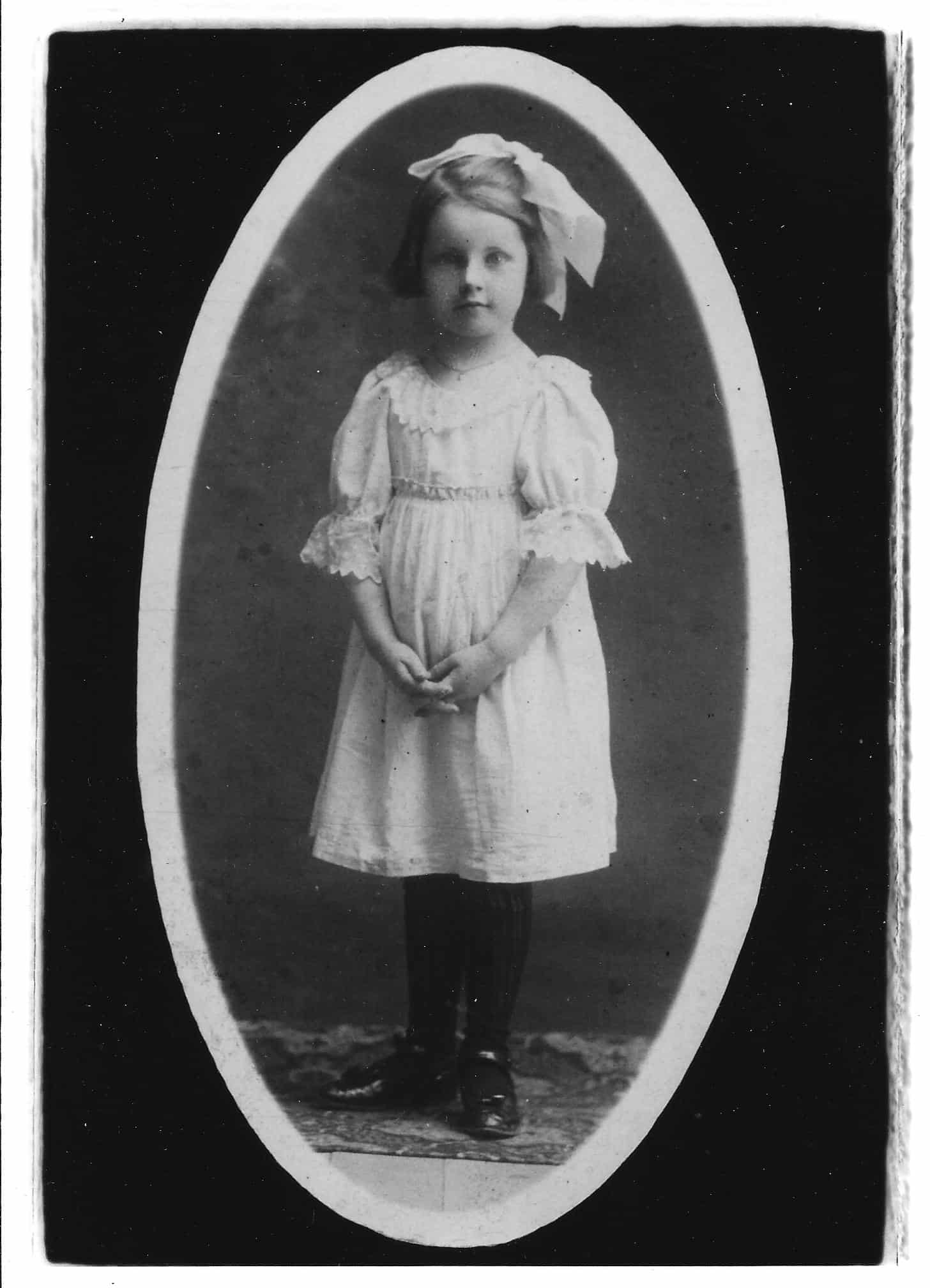
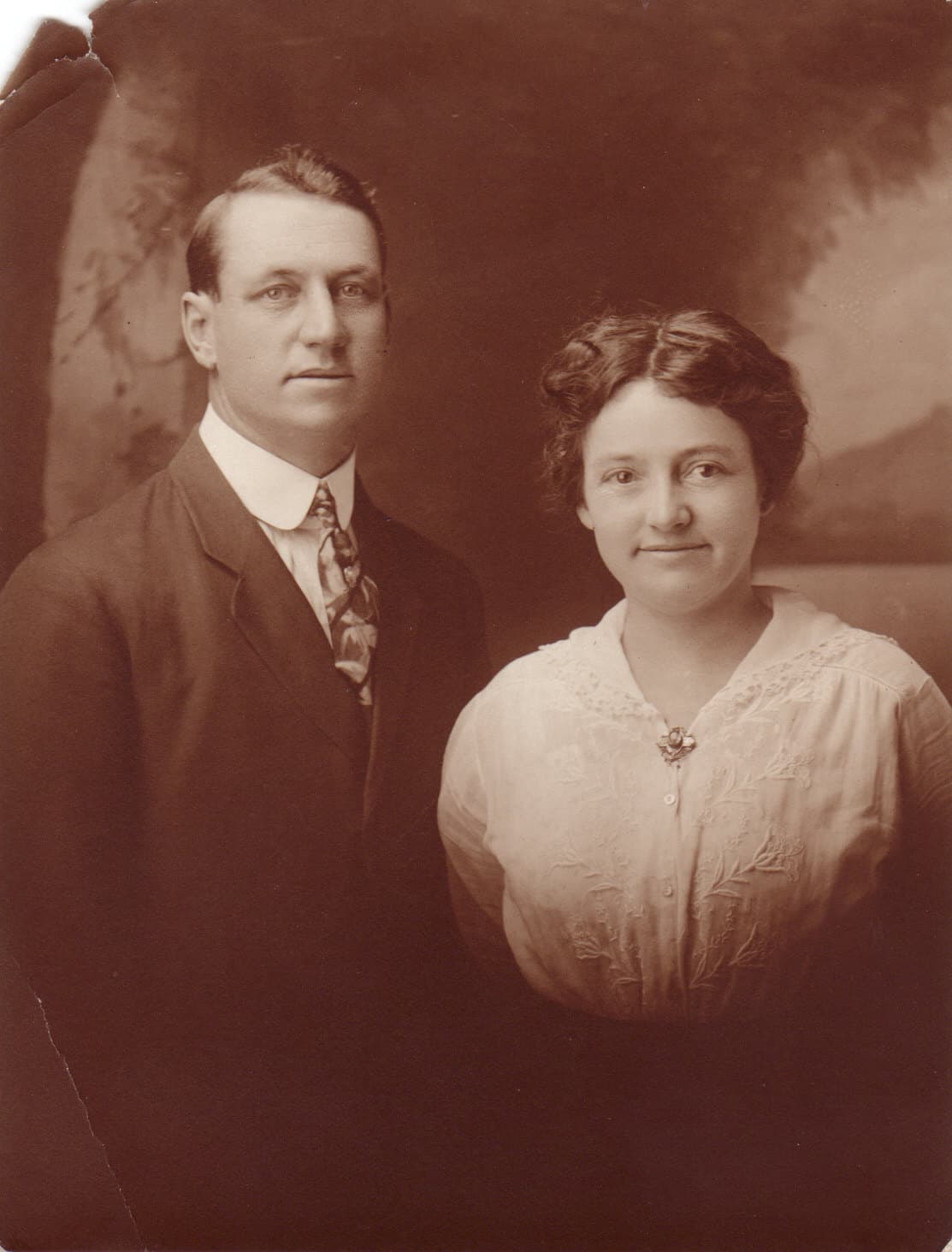
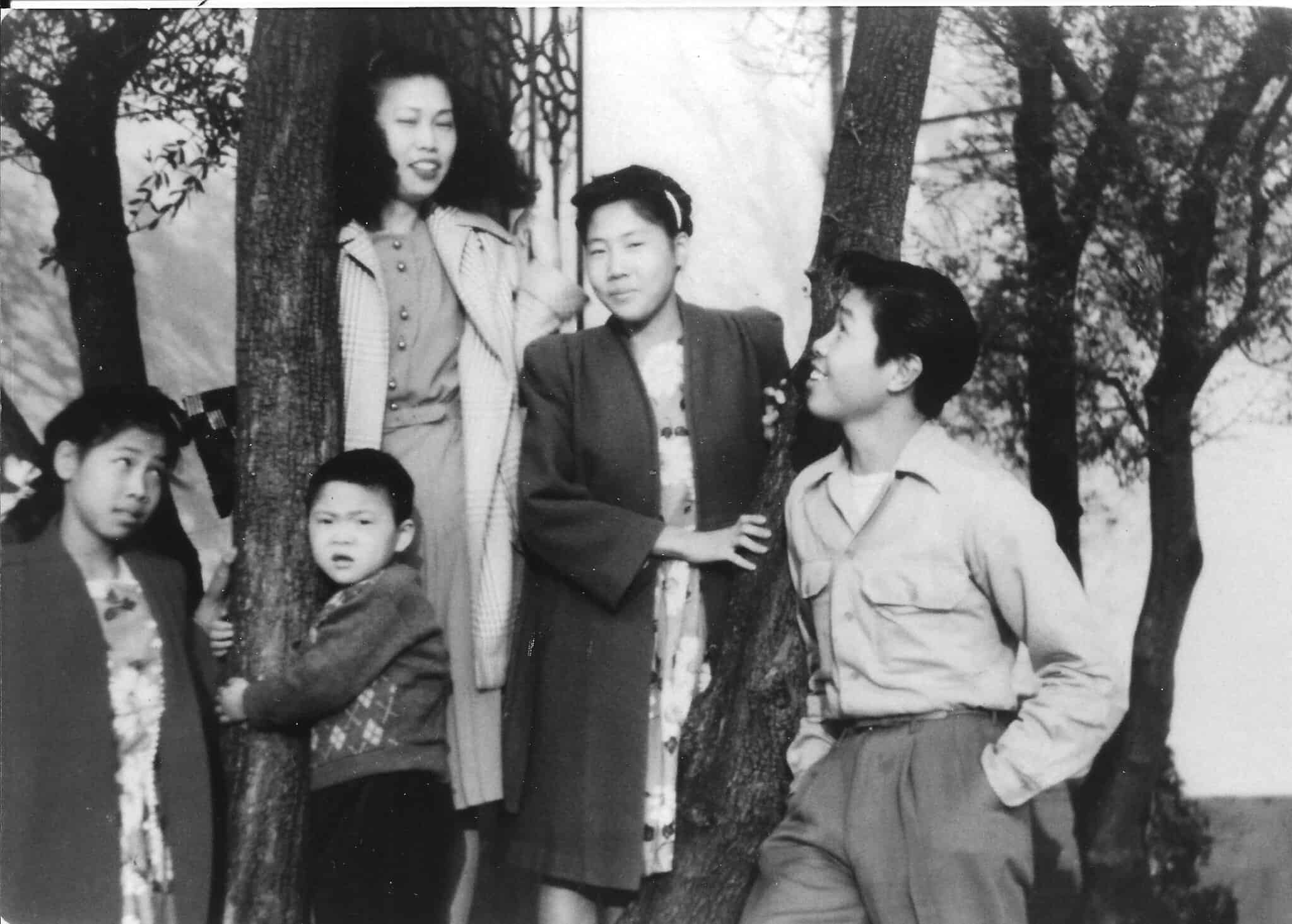


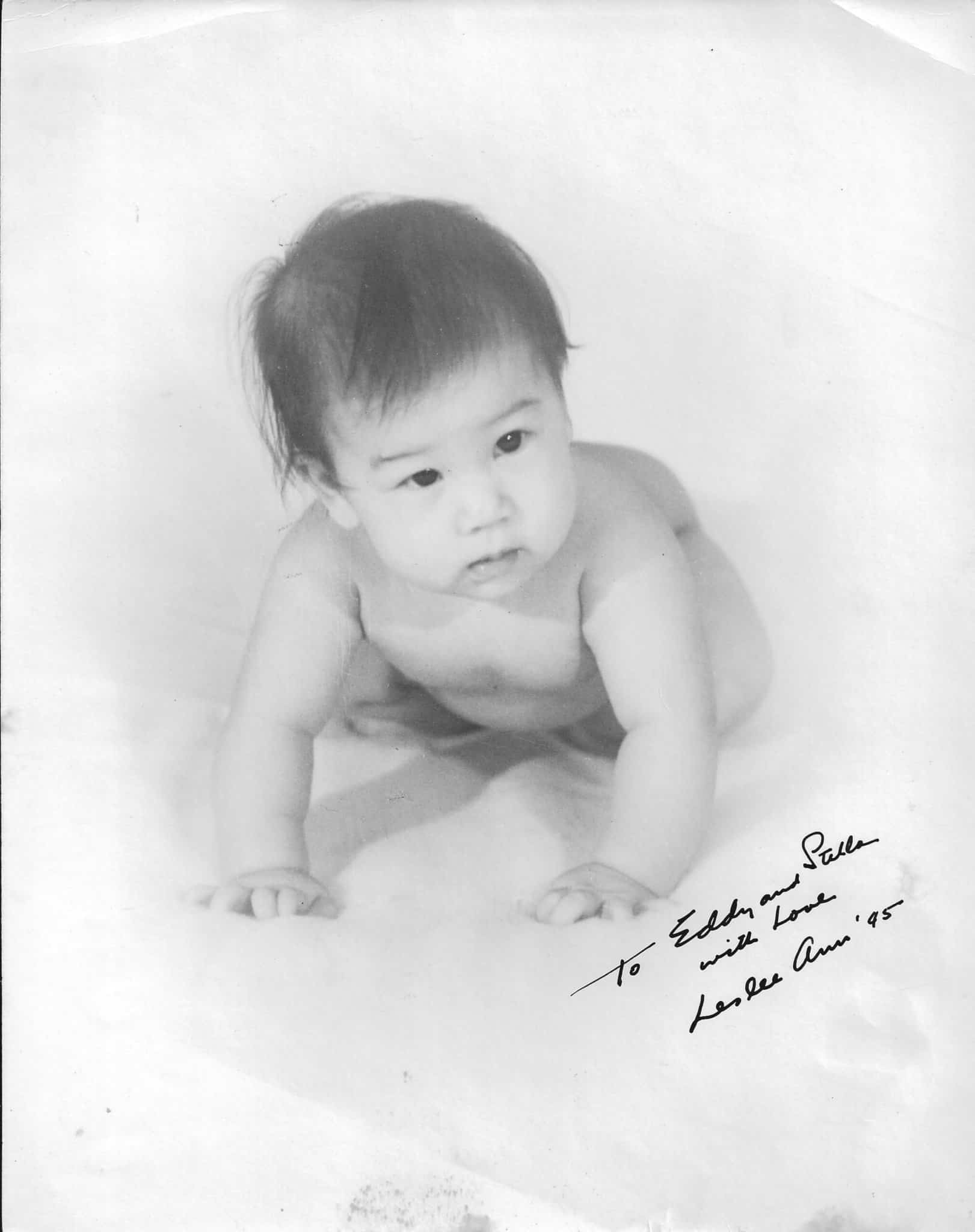
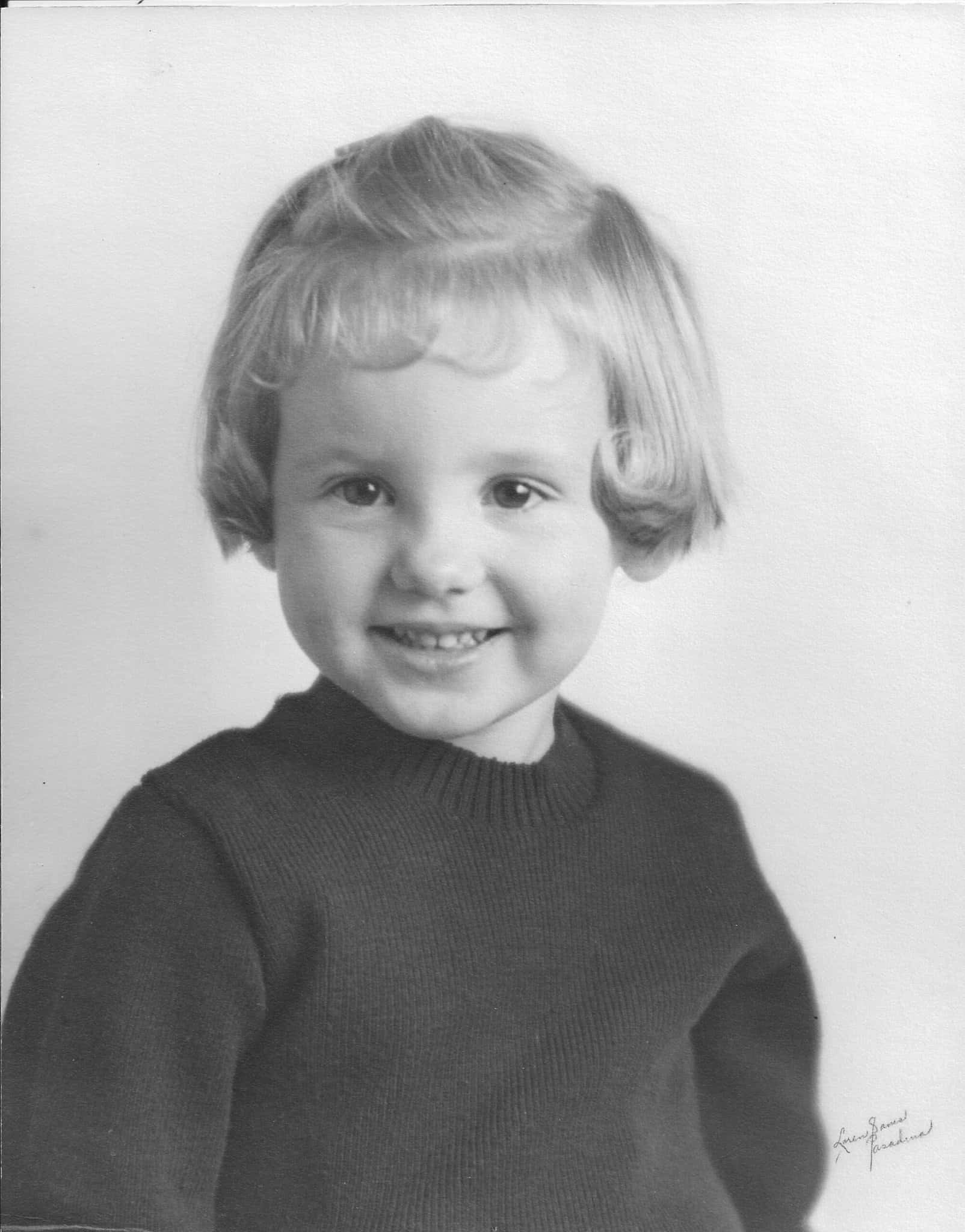
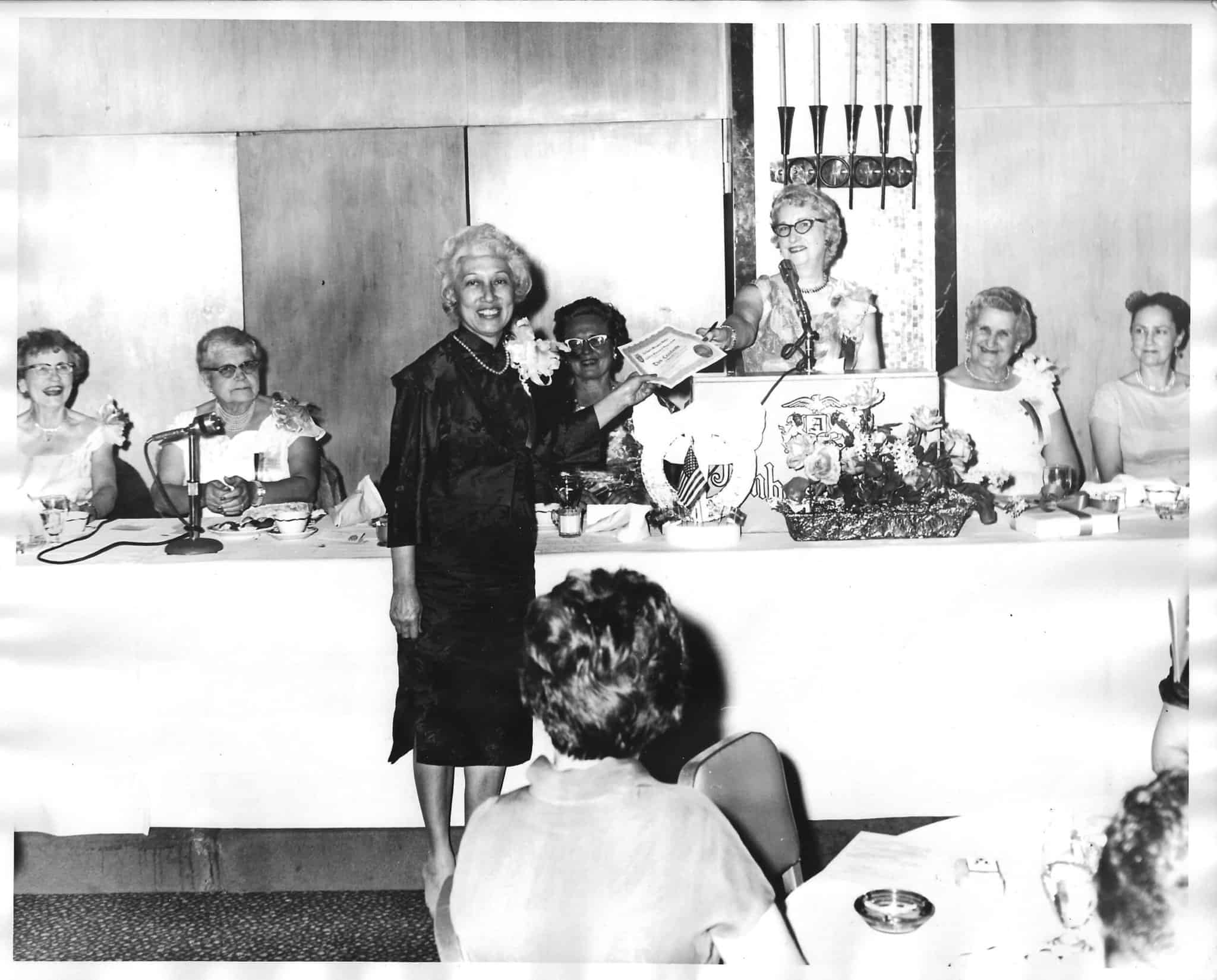


Historical Figures
“All this time, I’m going to school. But I told you I’m not good at school. I’m only good at one thing. Art. I like to draw cowboys and things like that. Even when I’m in China, they had a drawing class and the teacher would put a thing like a turnip on the blackboard. I wasn’t in that level, but I would draw the turnip anyway. So I’m at Ben Franklin Junior High and drawing all the posters for the school. The principal noticed, and he said he would try to get me a scholarship to art school. ‘What’s a scholarship?’ I ask. ‘They give you money,’ he says. So I get a scholarship to Otis for one summer. I’m the youngest one there. From the window I can see my father waiting for me across the street in Westlake Park. The other students are laughing all day. ‘Who’s that man? Who’s that funny Chinese man?’ I don’t say that’s my father, but at lunch I go over there and he gives me a pork sandwich from See Yuen.”
Tyrus Wong, On Gold Mountain, page 190 (Hardcover)
Please click on a photo below to learn more about these historical people.


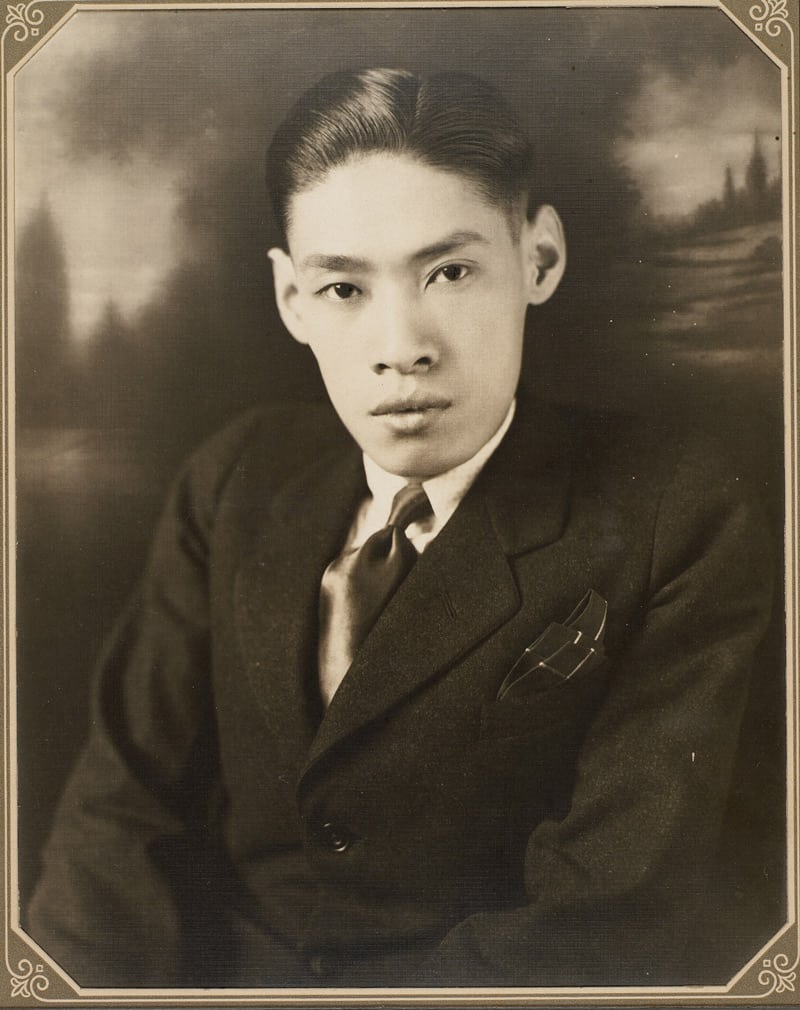

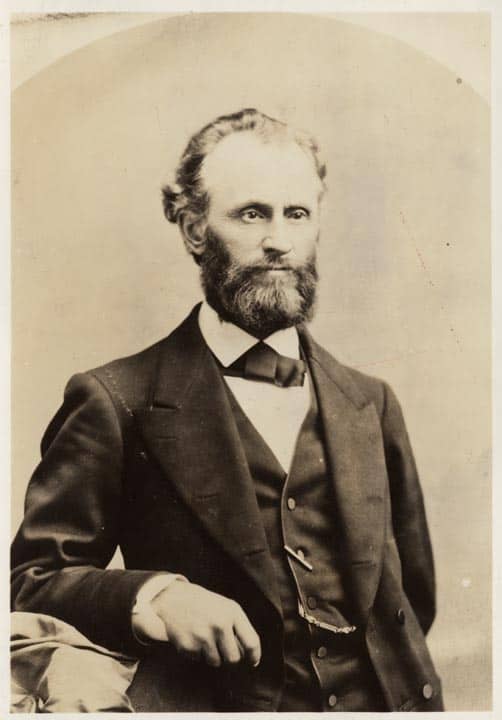


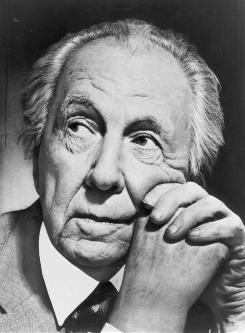
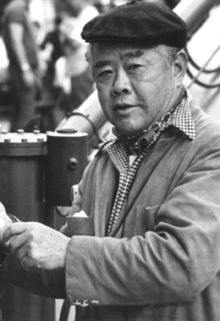
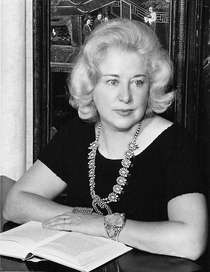

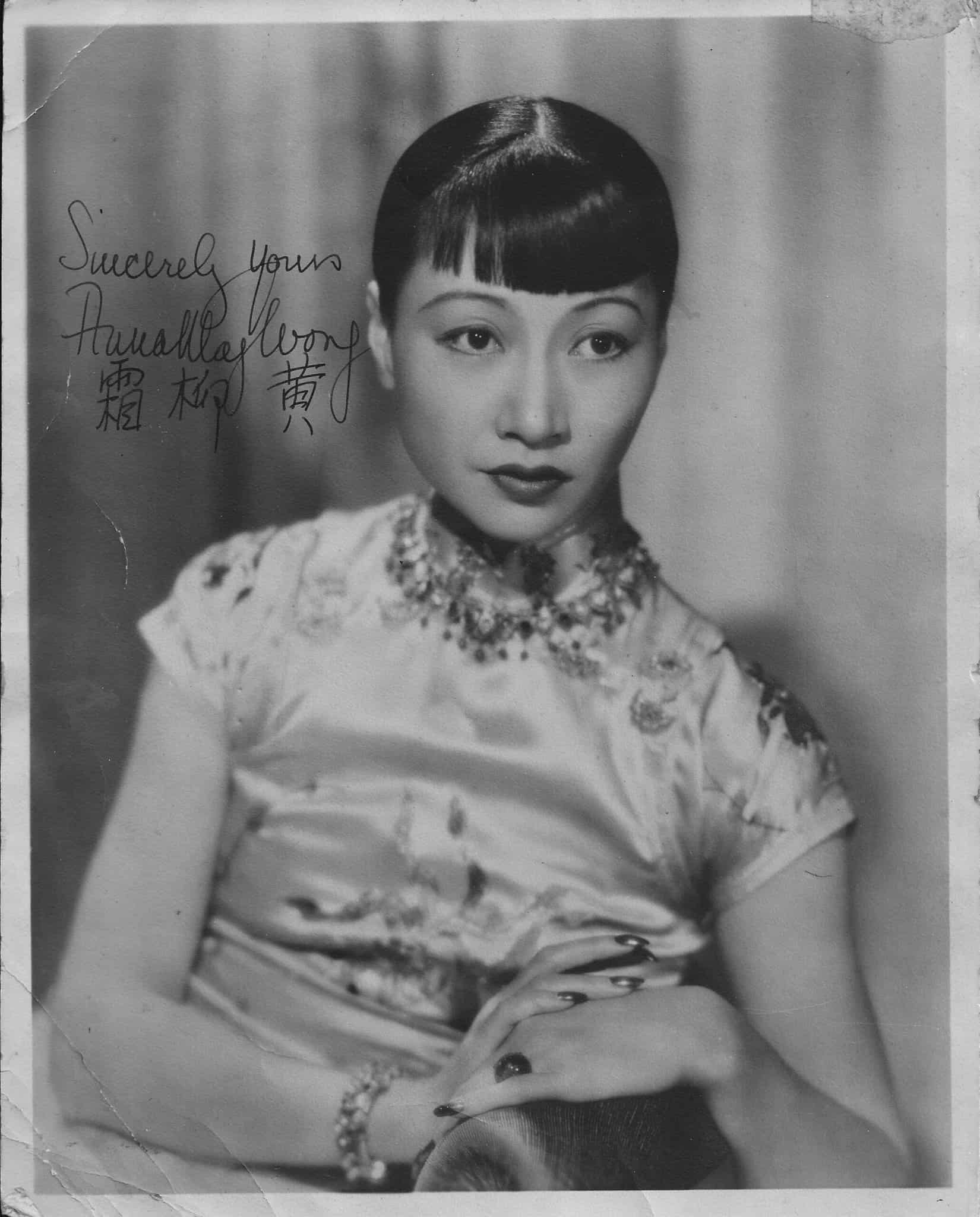
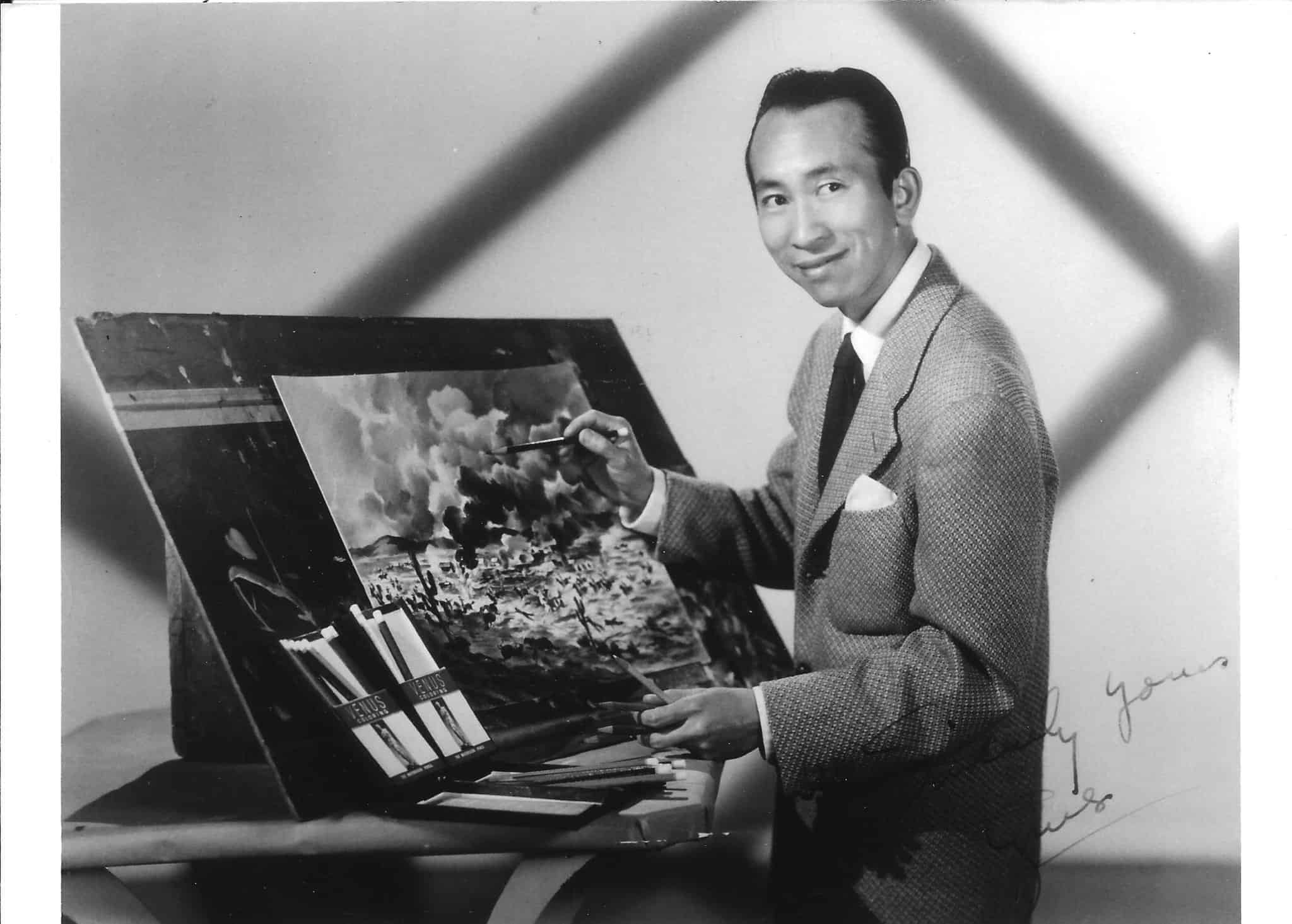
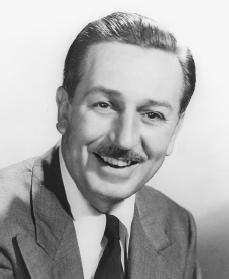
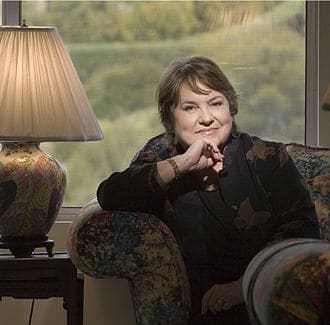

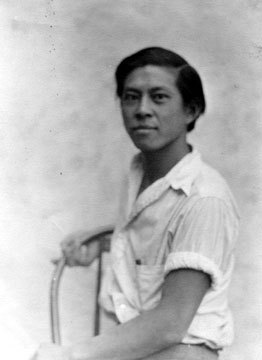
Places
Visit the “Family Places” and “Other Historical Places” tabs to explore more of the sites mentioned in On Gold Mountain.
Family Places
“The restaurant was hot, and that brought in the Hollywood crowd. On any given night, Sidney Greenstreet and Peter Lorre could be found at a back table dining together. Already those names meant something–mystery, adventure, a walk on the seamy side of life. But it wasn’t Casablanca. There was no search for a black bird. These celluloid images would come later. Walt Disney might be at another table with his entourage. Walt Disney–what an odd image that conjures up. But he was a man at the top of his form. So in our memories Disney must have had some other aspect to his character–not the all-American family entertainment man, but a man who would go to Chinatown, step down into a dark basement, and treat a table of friends and colleagues to a fifty-cents-a-person family-style dinner of soup, almond duck, fried shrimp, and egg foo yung”
On Gold Mountain, page 197 (Hardcover)
Please click on a photo below to learn more about these places.
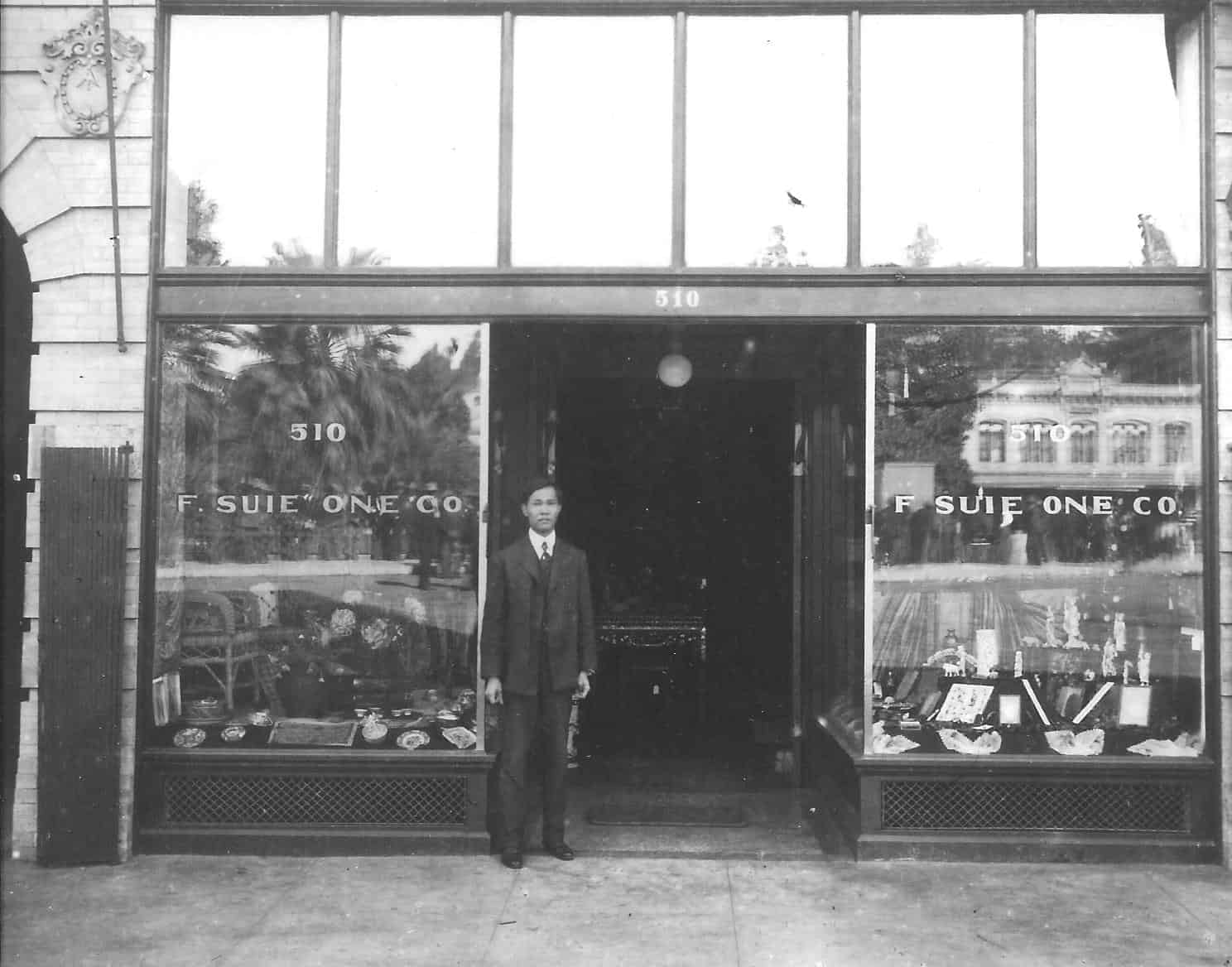
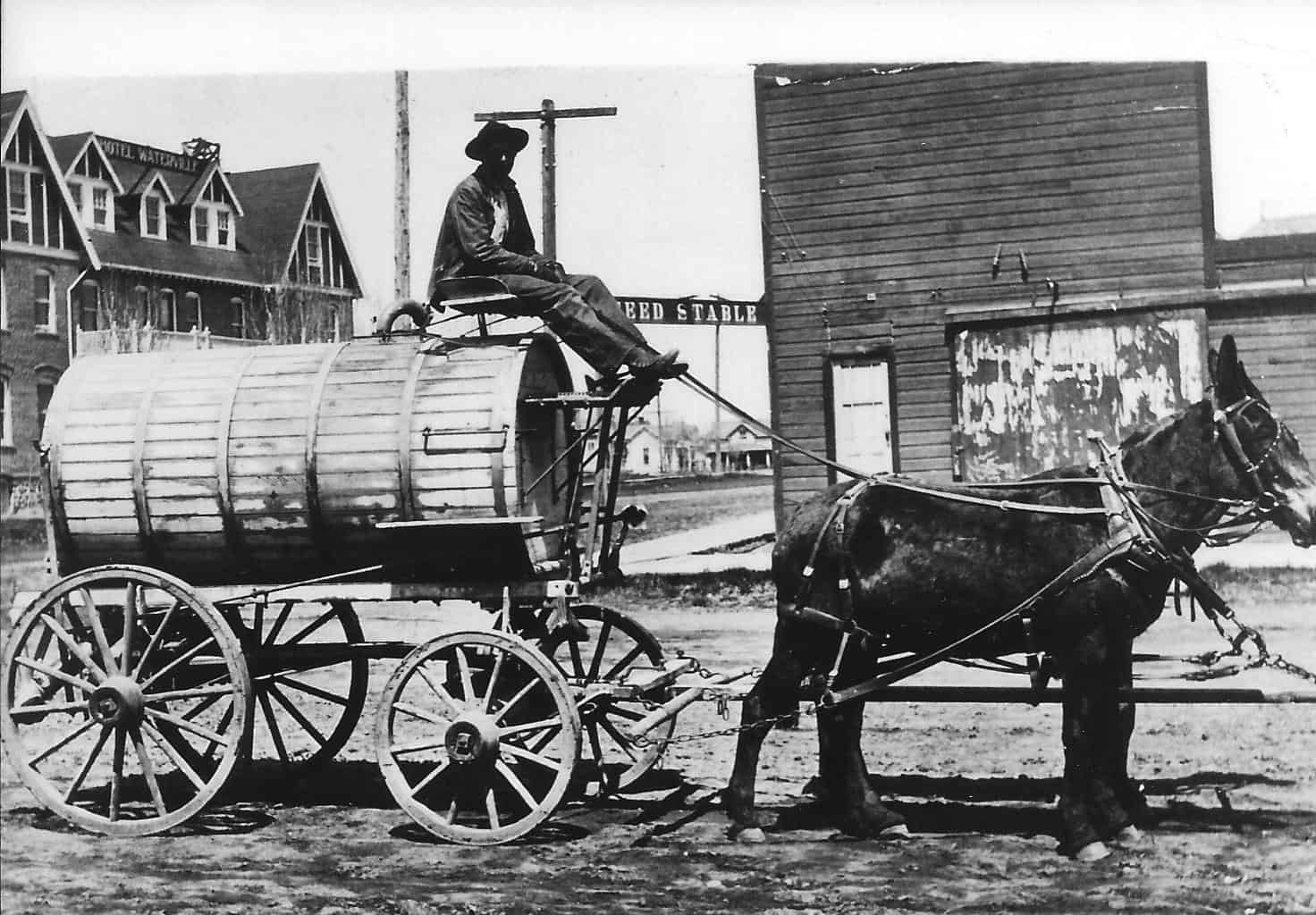

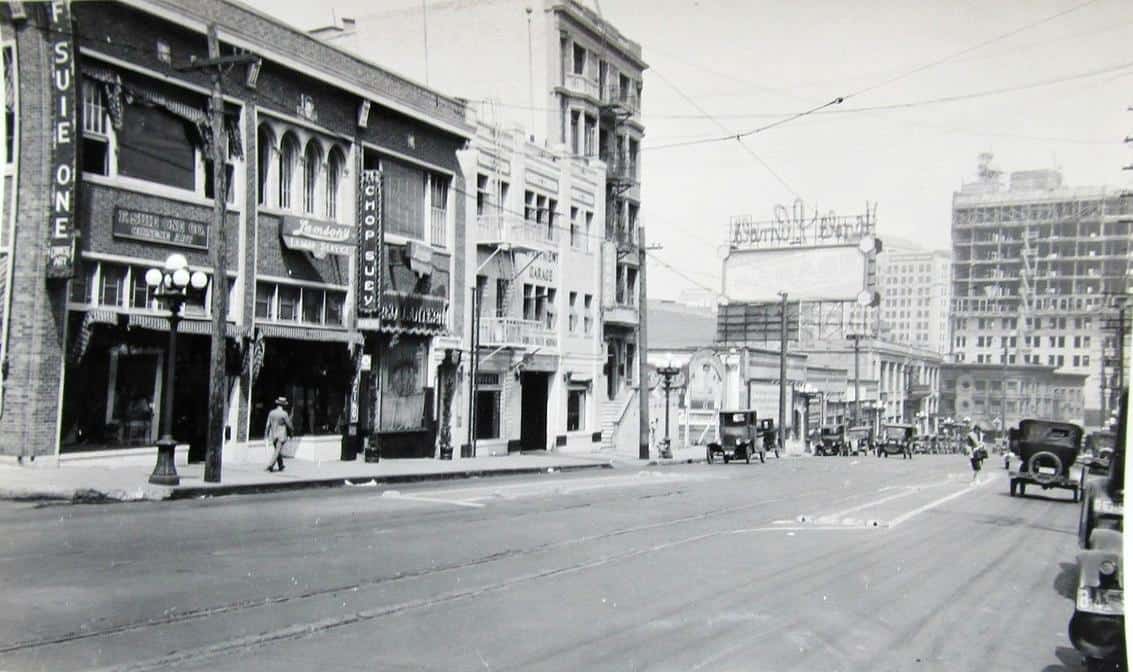
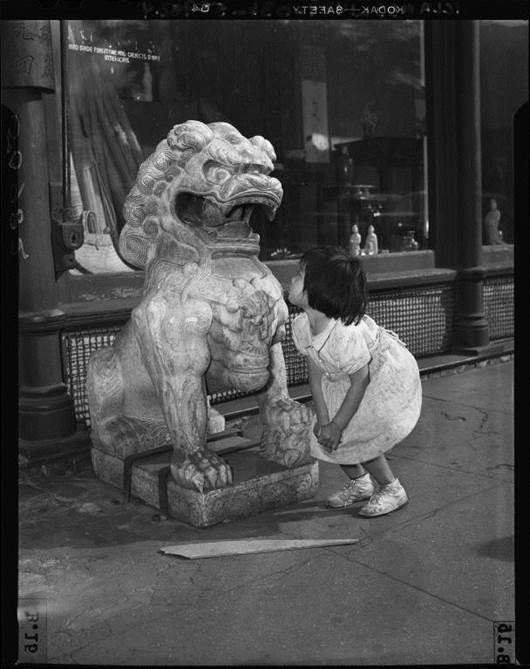
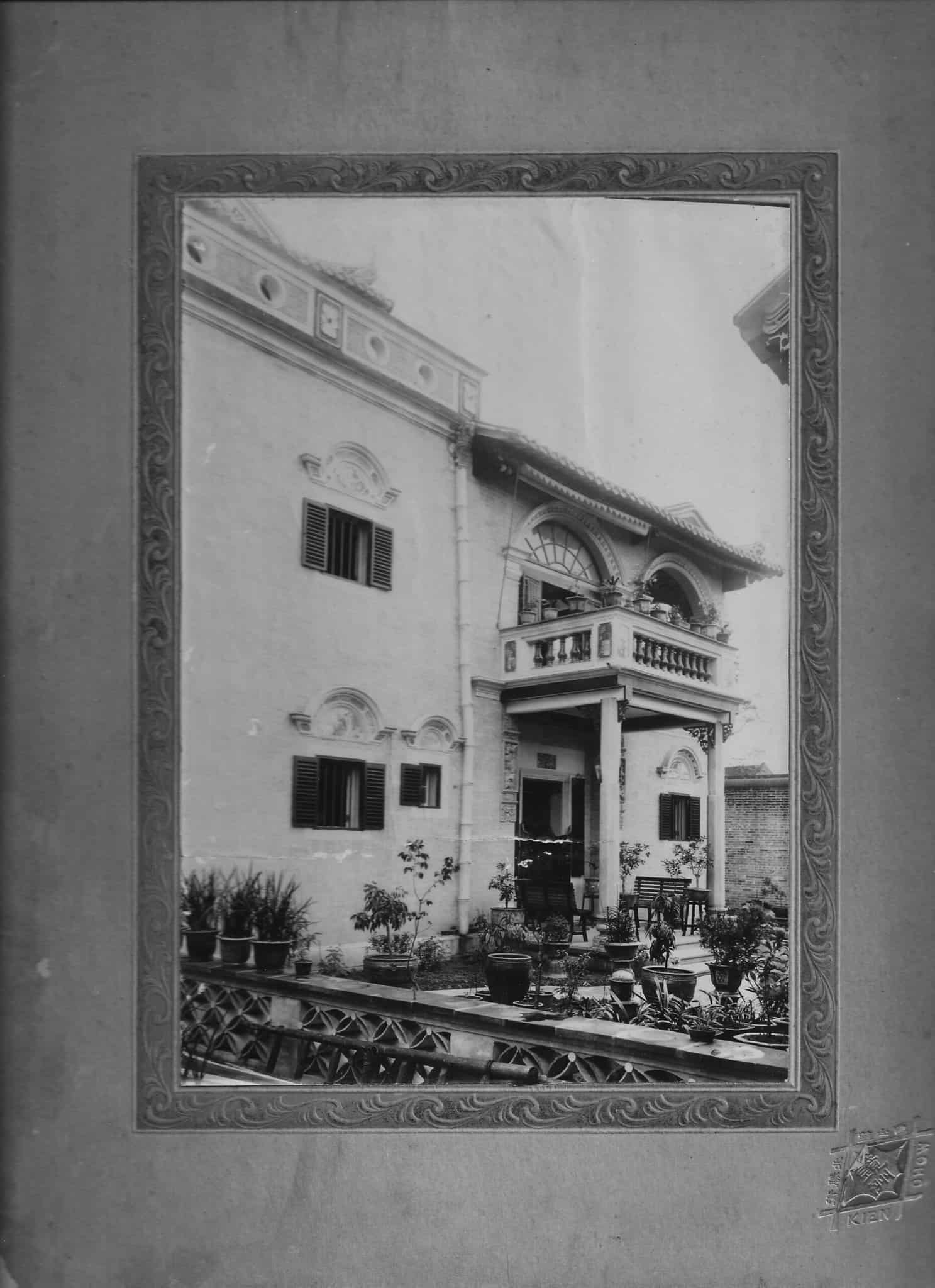
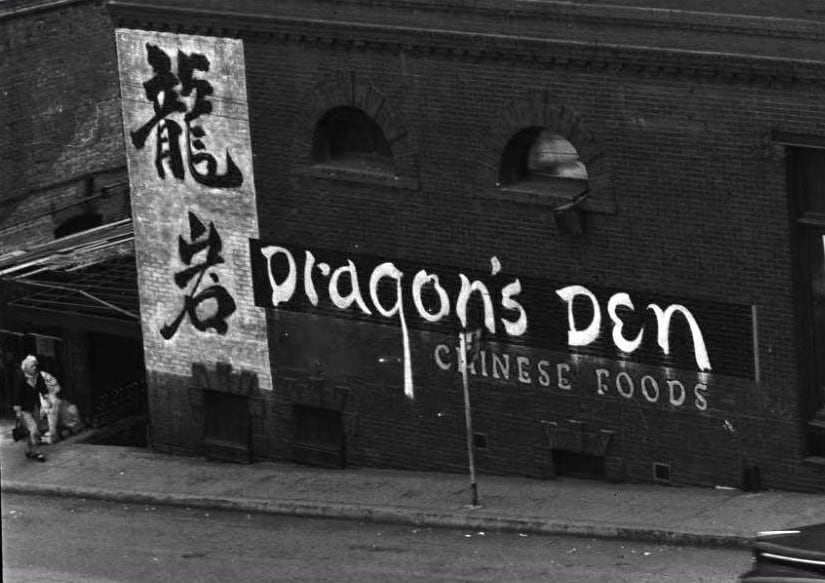
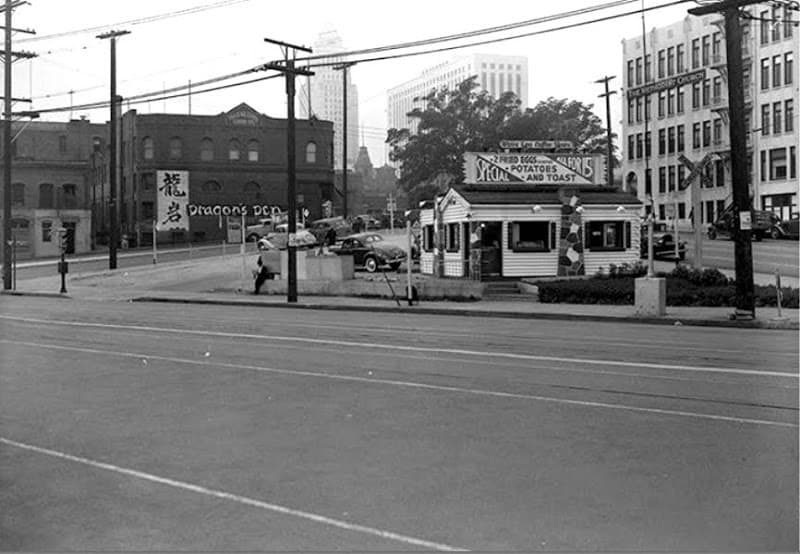
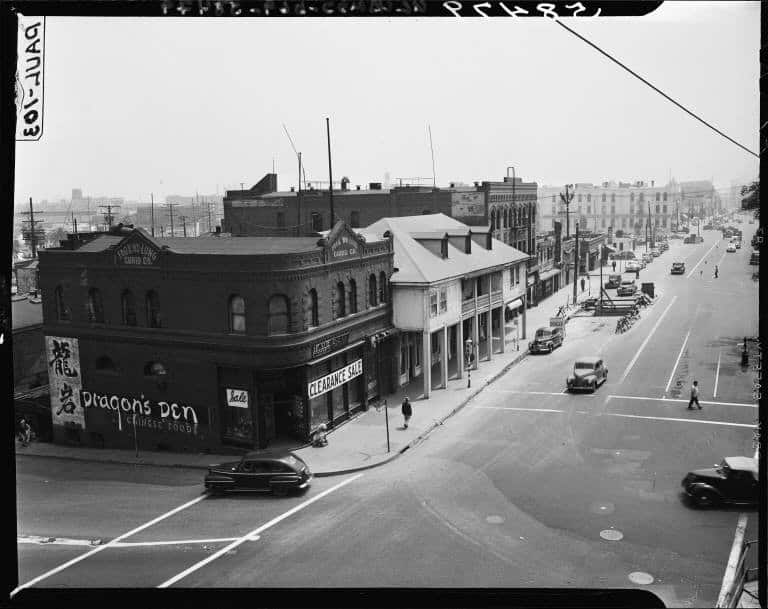
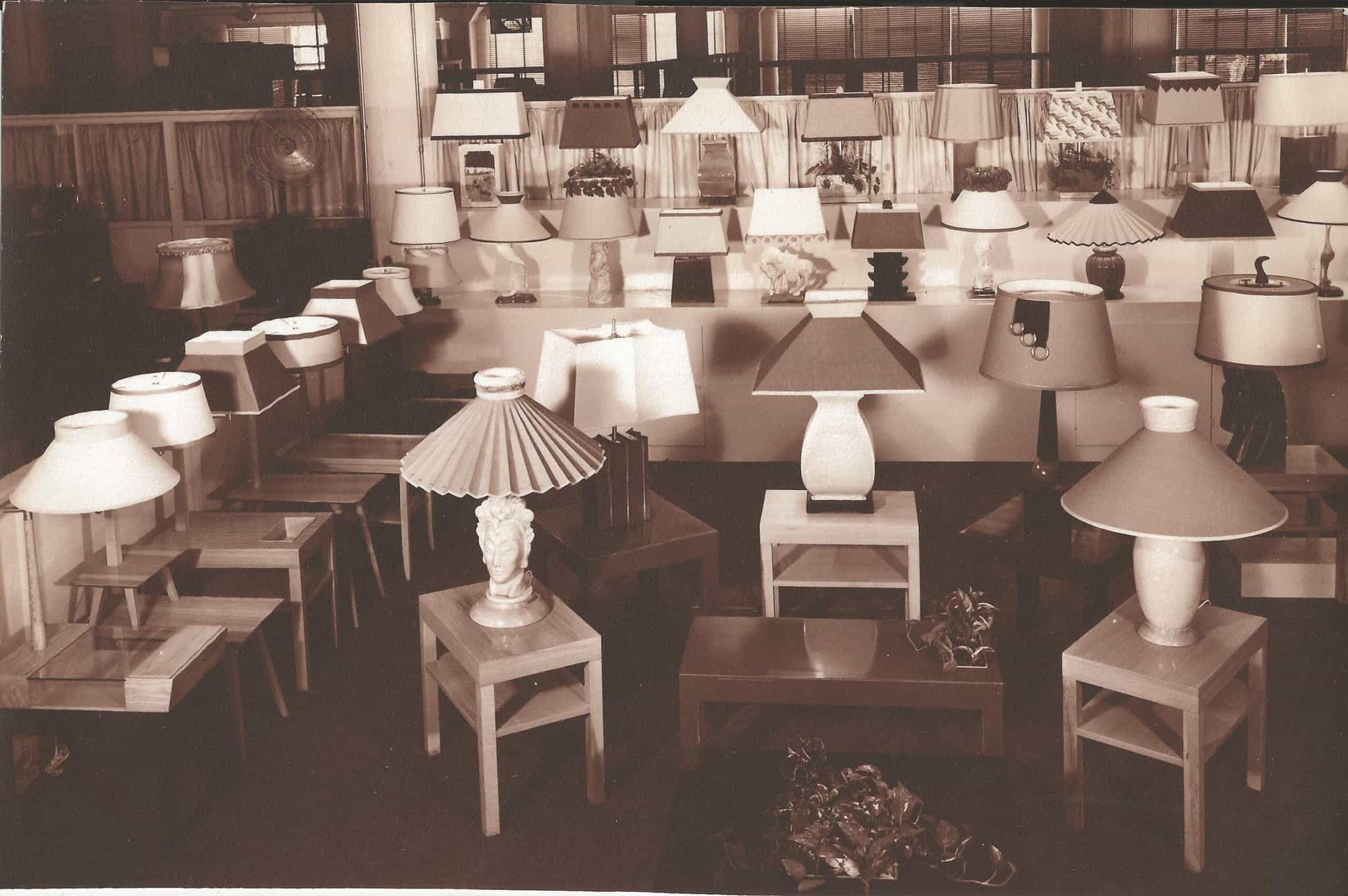


Historical Places
“On June 8, 1938, China City officially opened. A reporter, observing the scene for the Los Angeles Examiner and caught up in the spirit of the day, wrote of exploding firecrackers and ‘Orientals sputtering the English equivalent of “whoopee.” ‘ He went on to describe the lotus pools, temple gongs, curio stands, dance pavilions, and ‘slim Oriental girls in silk jackets and trousers pattering back and forth.’ China City pandered unabashedly to Chinese stereotypes, evoking the ‘exotic’ atmosphere of a Chinese village. The entire one-block complex was enclosed within a miniature ‘Great Wall of China.’ Inside, small cobblestoned alleyways were filled with leftover sets from The Good Earth. Ducks and chickens pecked the ground outside the Wang farmhouse; tourists rode in rickshaws down the ‘Passage of 100 Surprises’ and nibbled on ‘Chinaburgers’”
On Gold Mountain, pages 221-222 (Hardcover)
Please click on a photo below to learn more about these historical places.
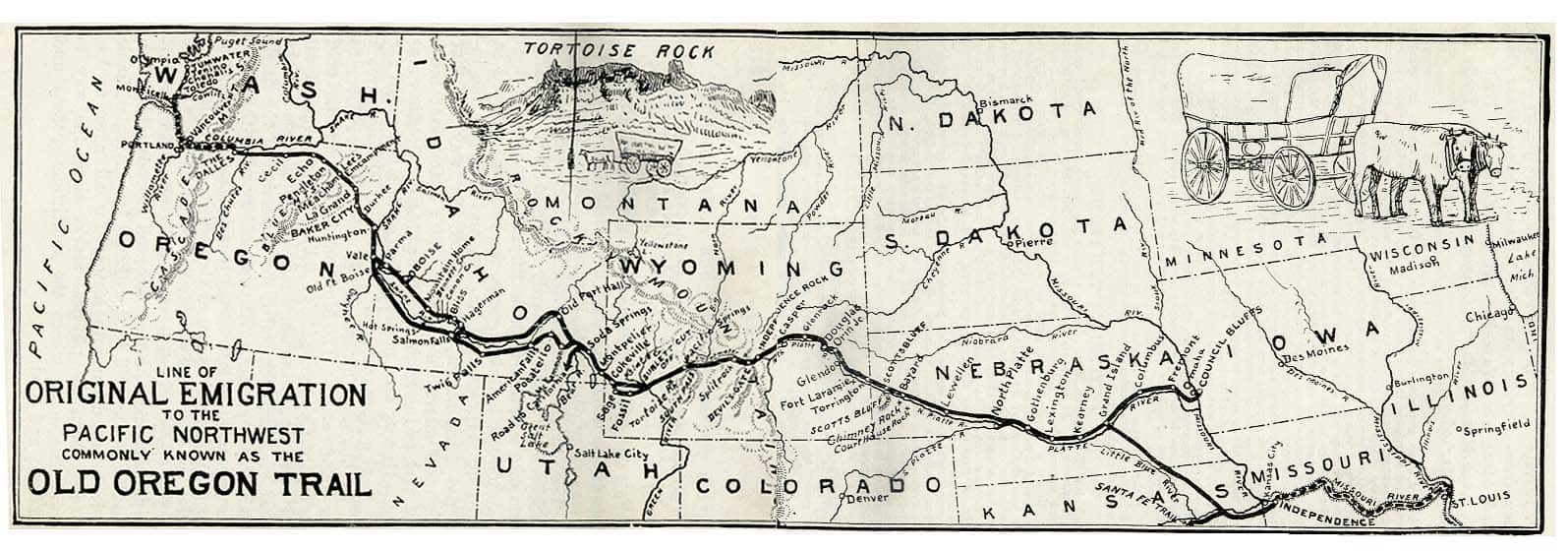
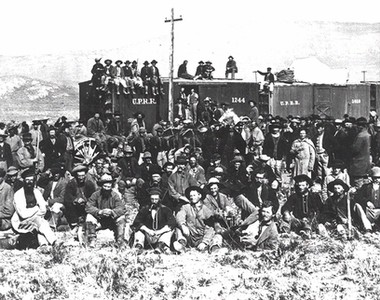
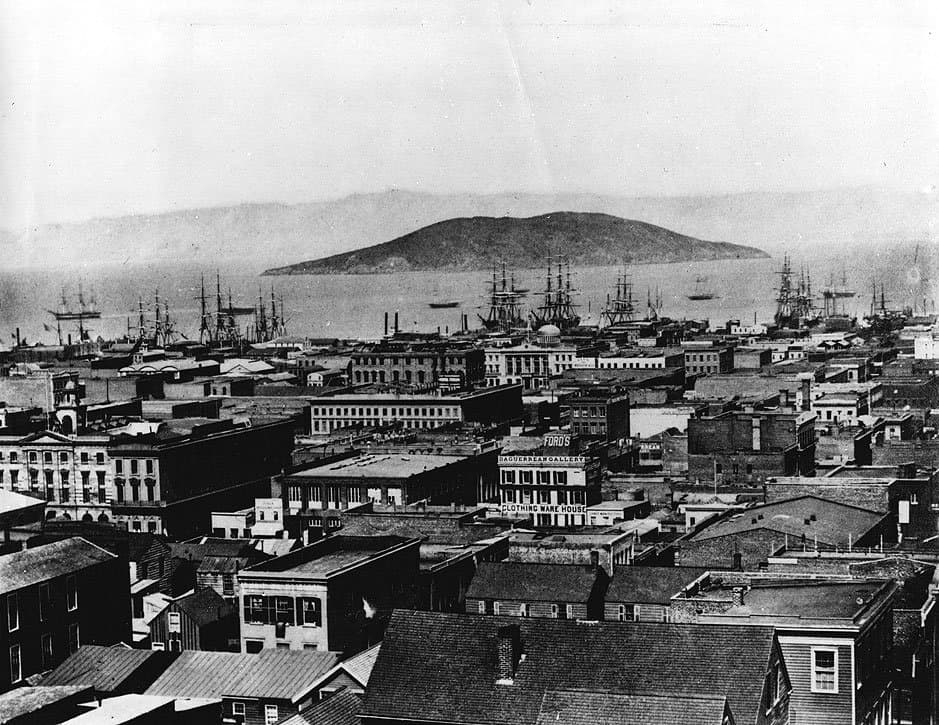

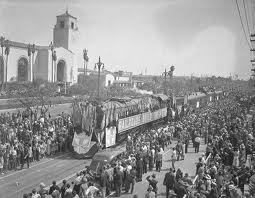
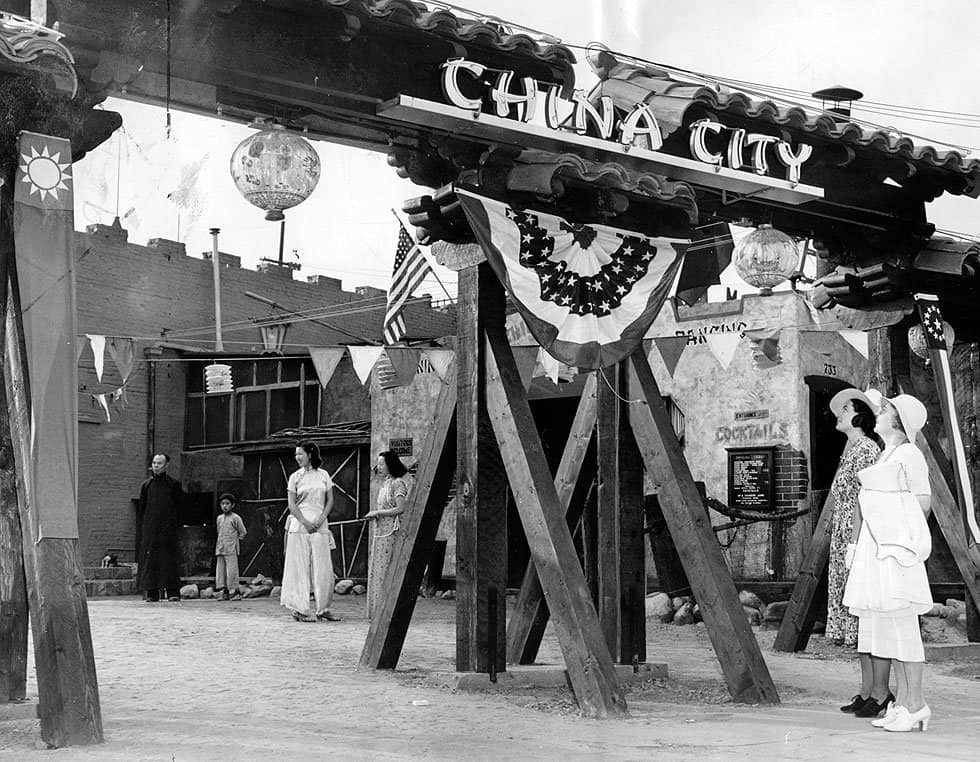
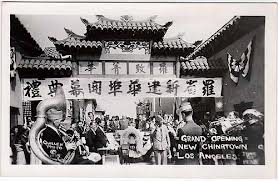
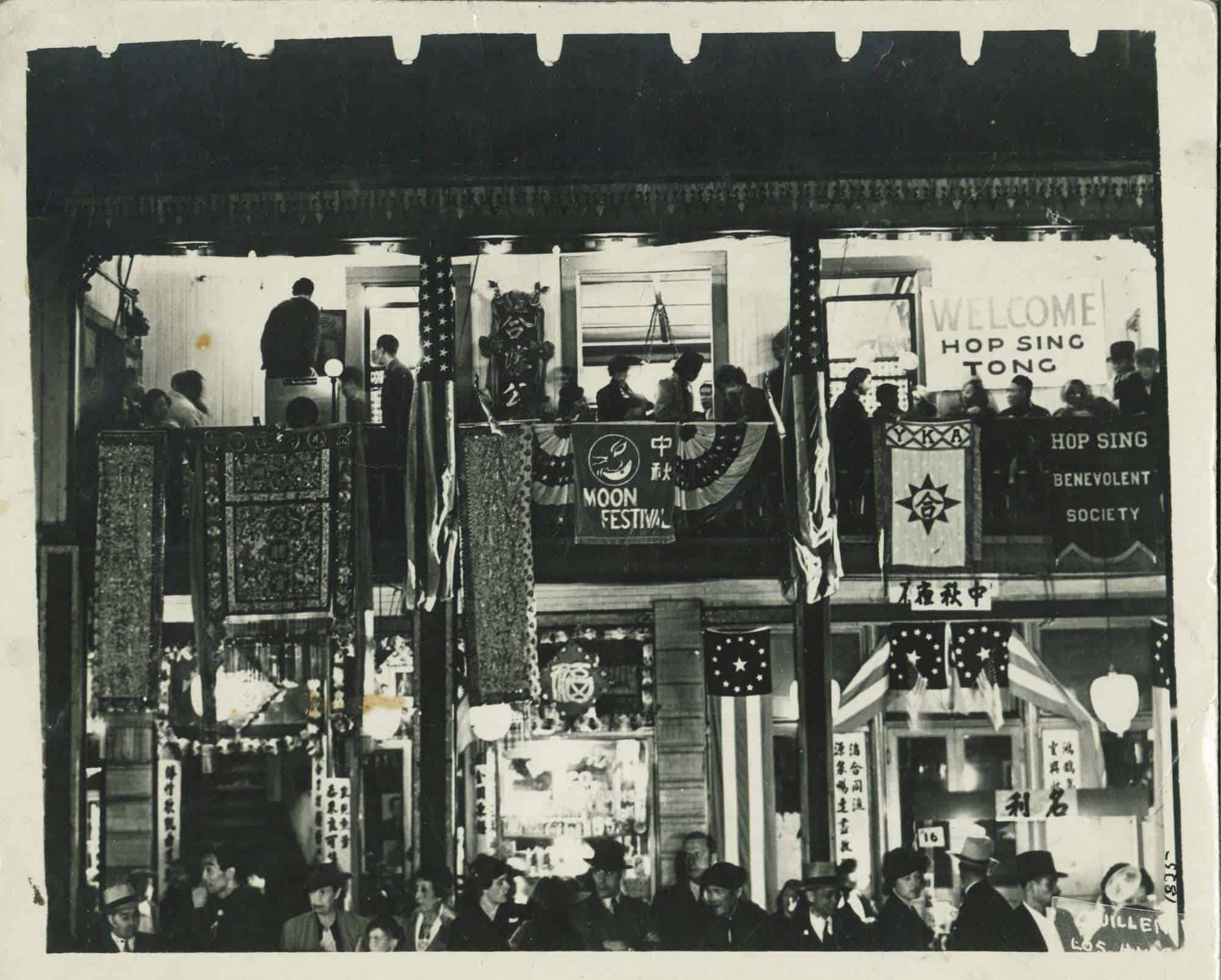
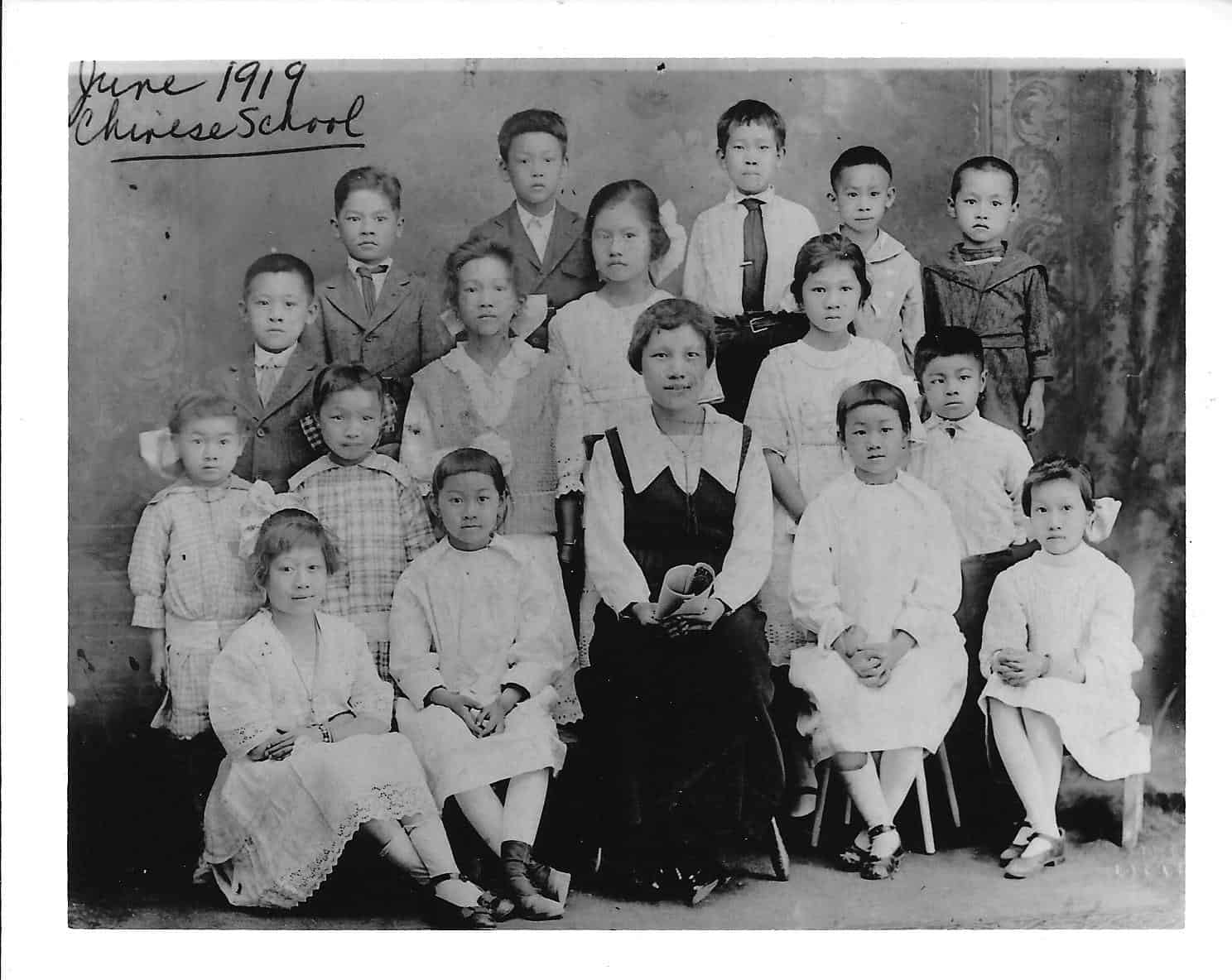

See Family Archival Material
“Poring over documents in the National Archives, I discovered that immigration authorities had been after my relatives from the very beginning, but never really caught on to what they were doing. I received help from numerous libraries, historical societies, and academicians. I nagged relatives, friends, and customers to rummage through their attics, basements, and closets for photographs, papers, and other memorabilia from fairs, art shows, and family rites. I looked at films and videotapes, scrapbooks and letters, packing slips and tax records”
On Gold Mountain, page xx (Hardcover)
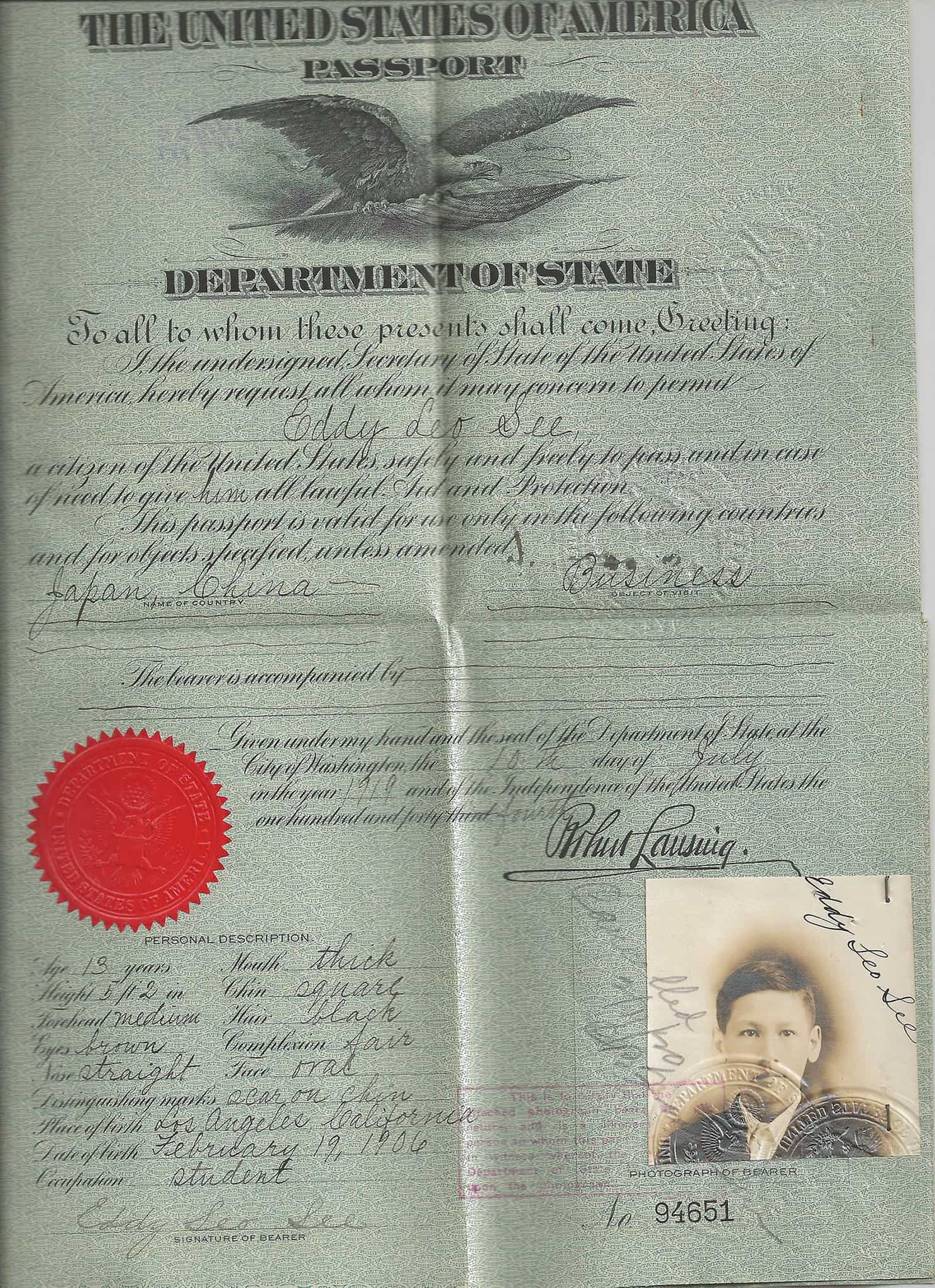
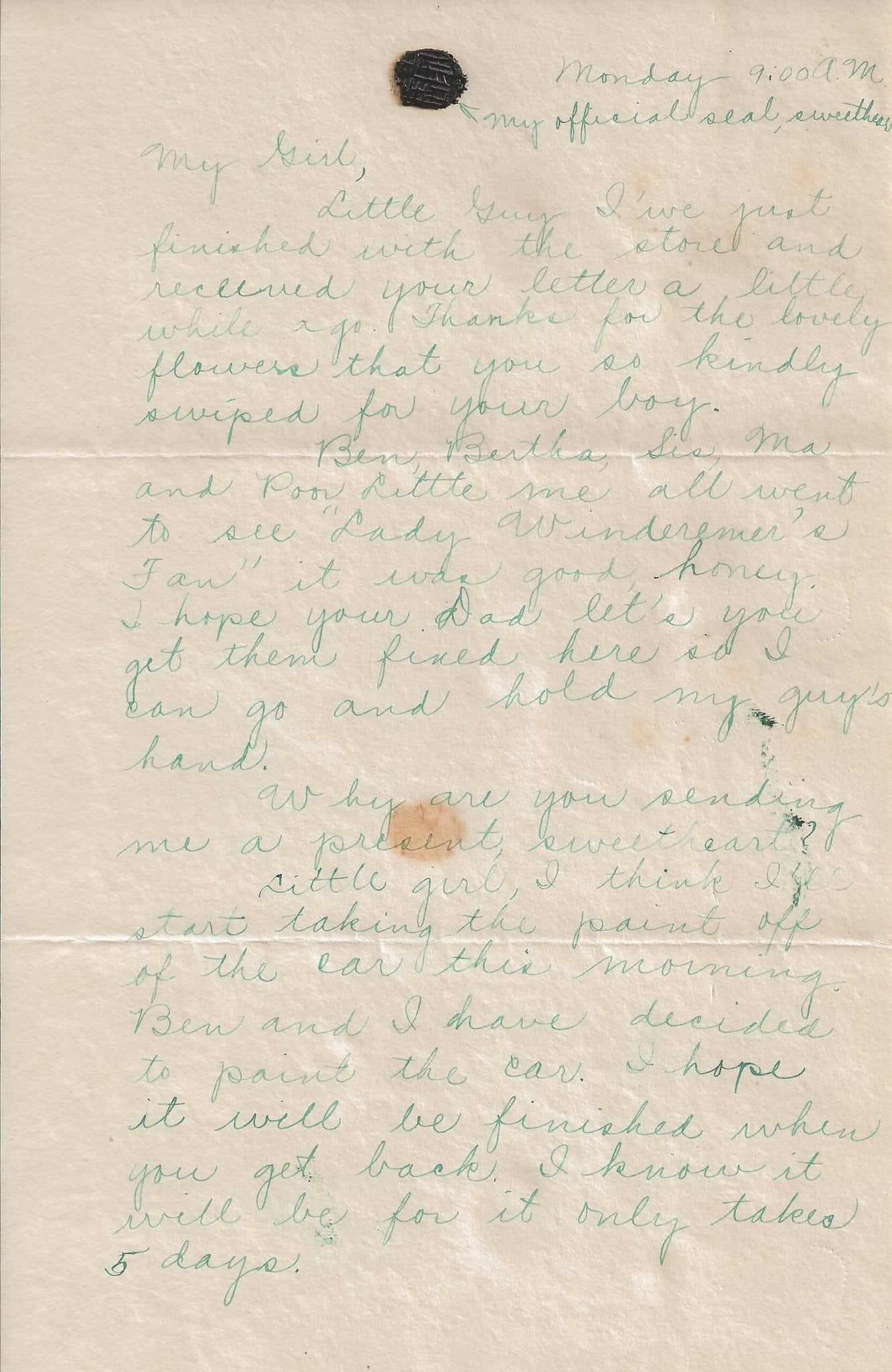
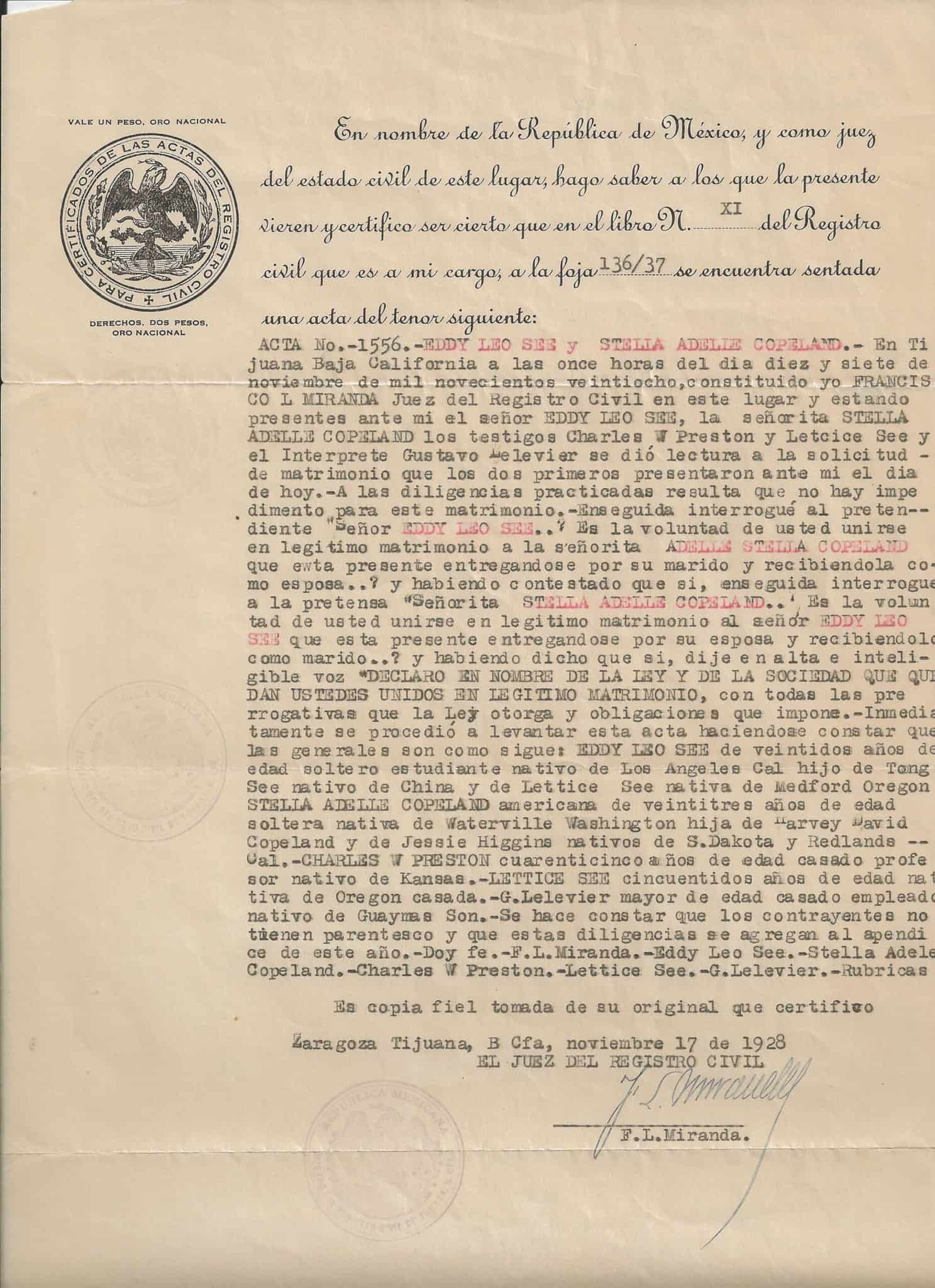
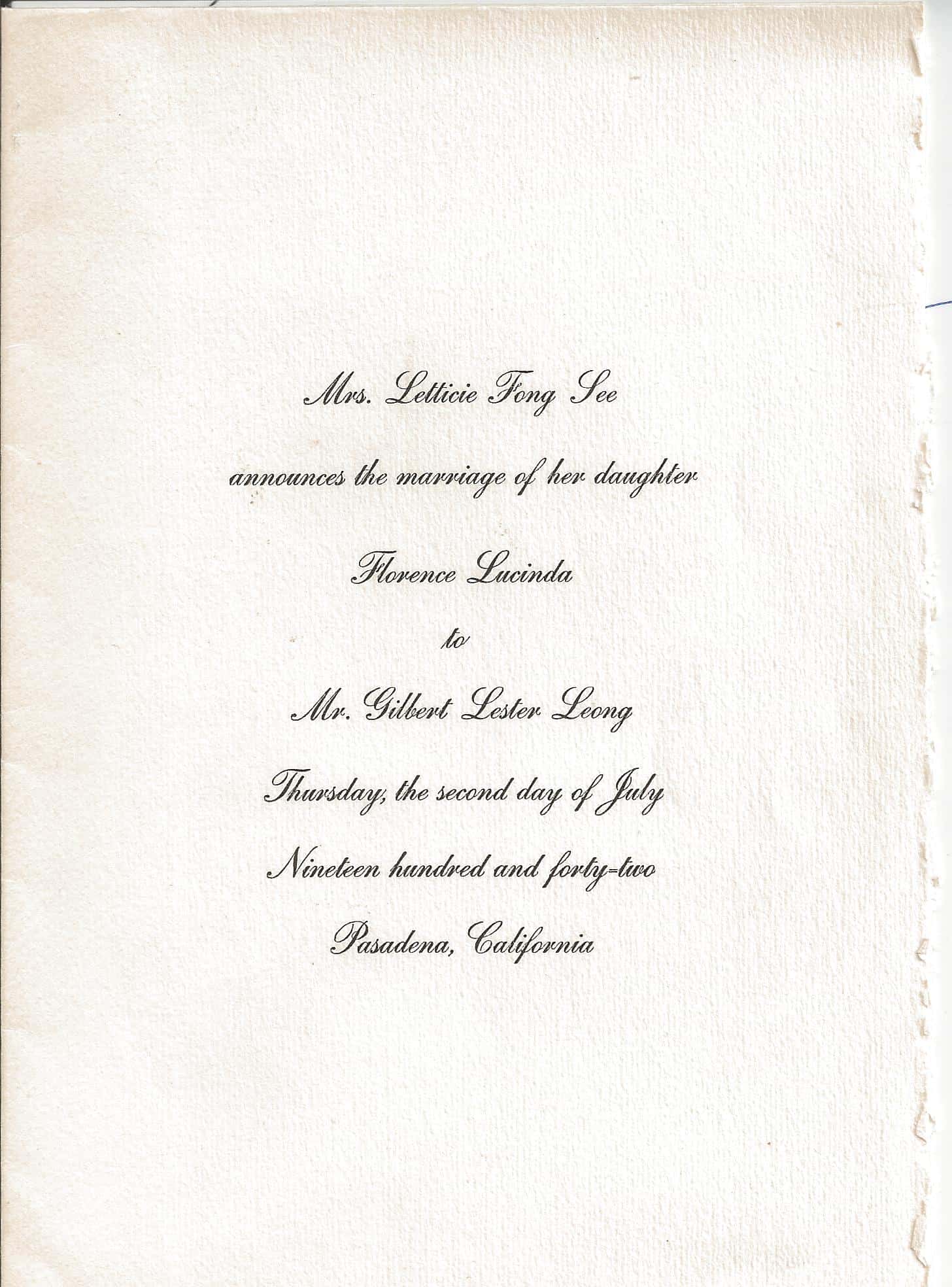
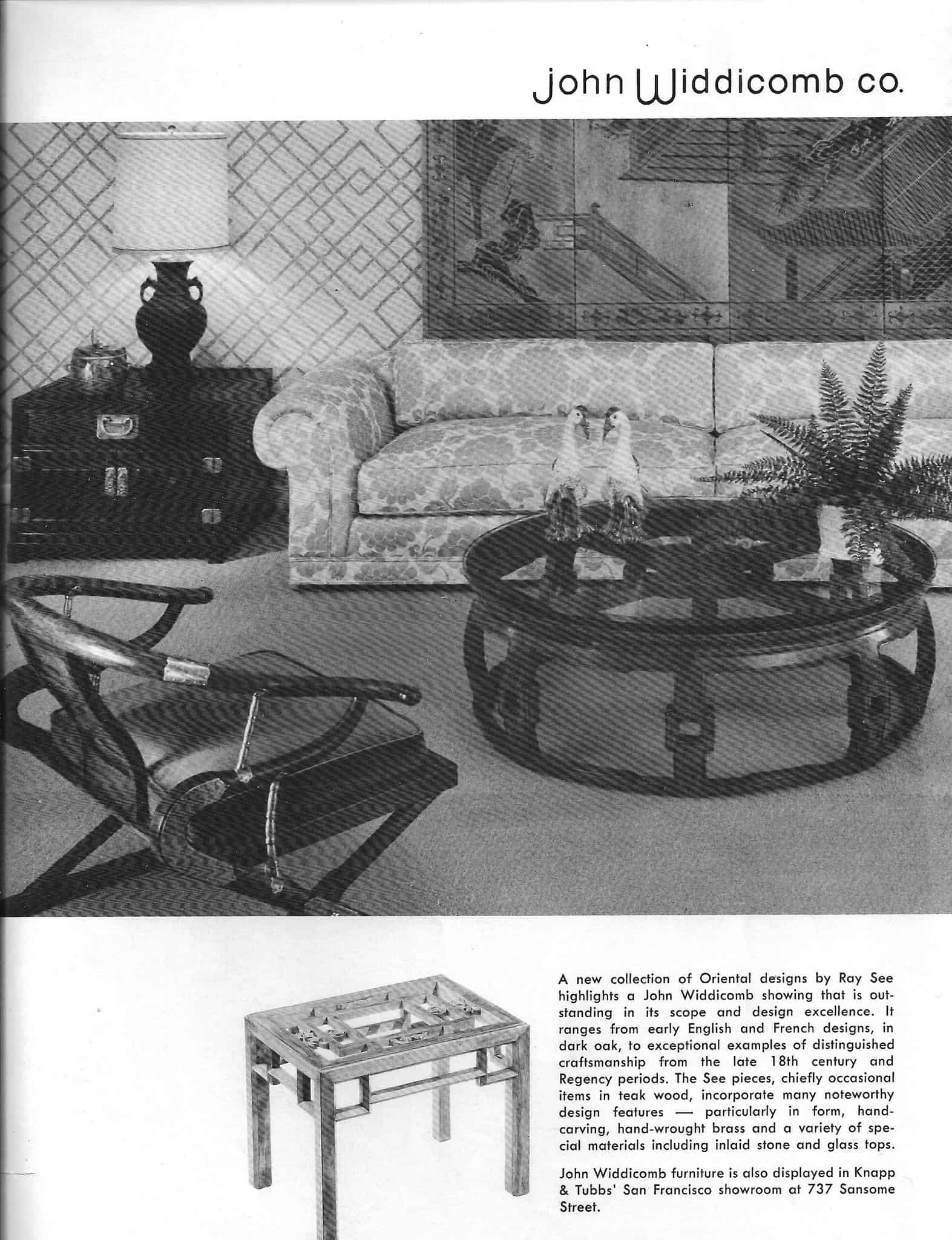

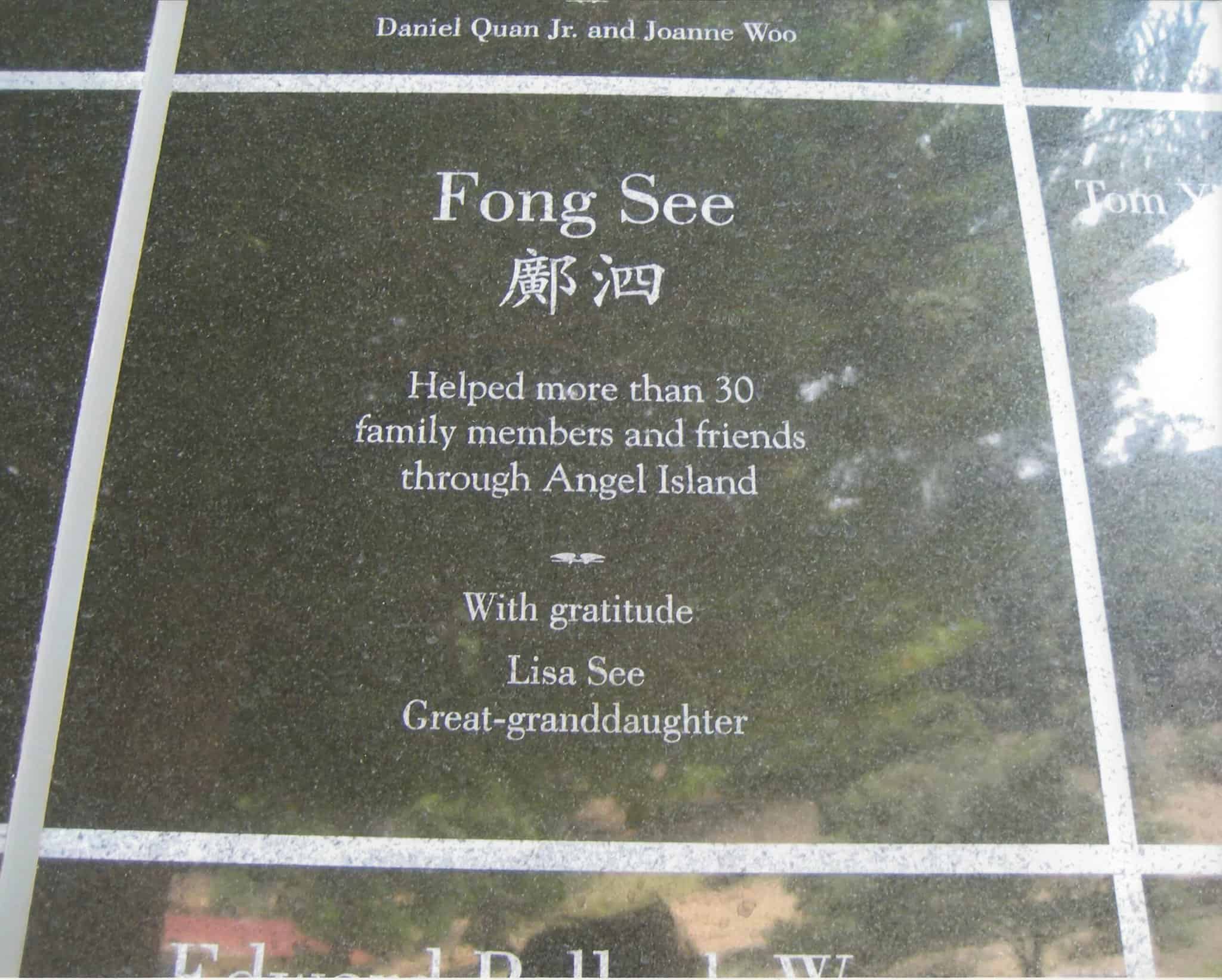

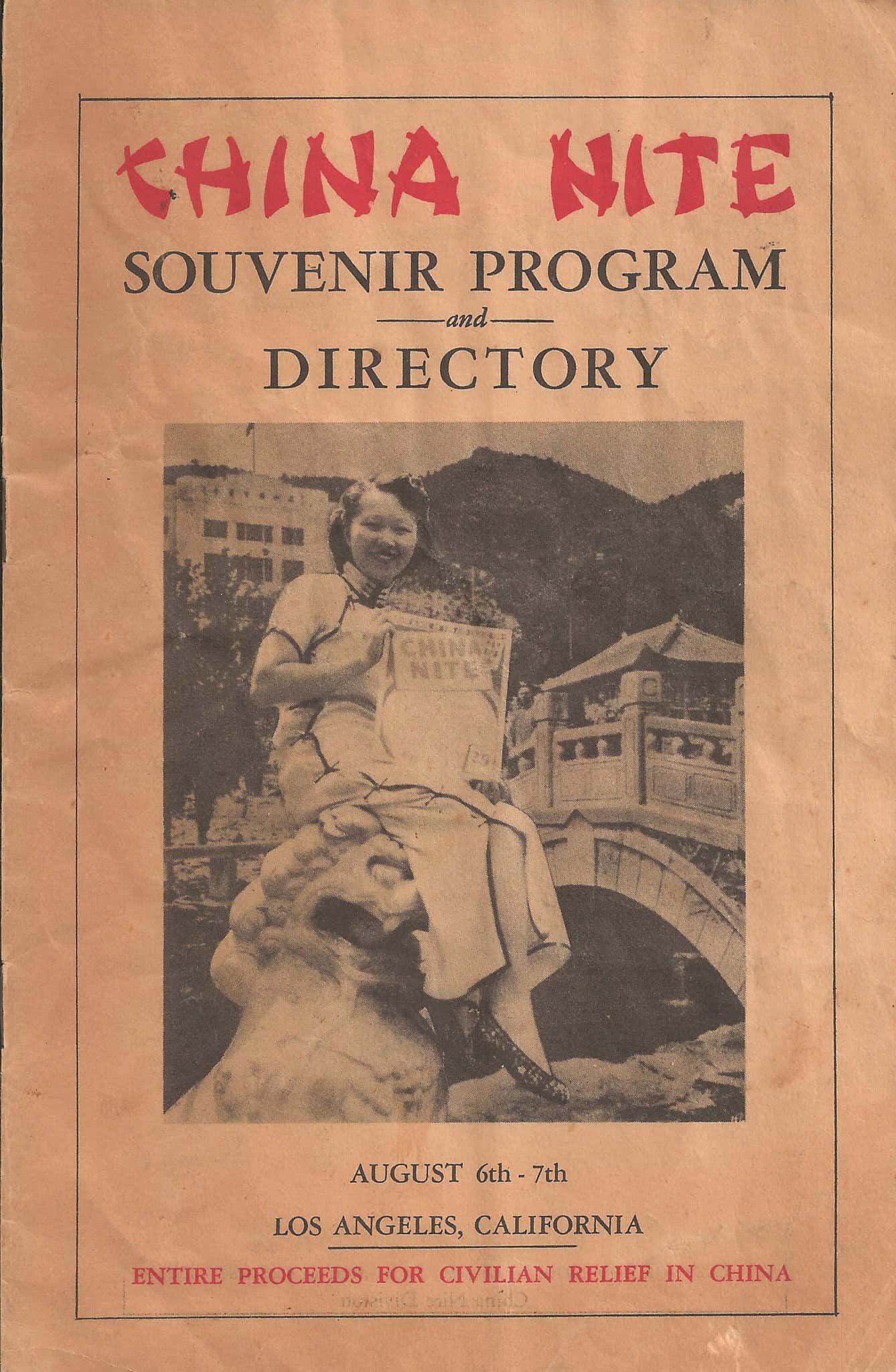
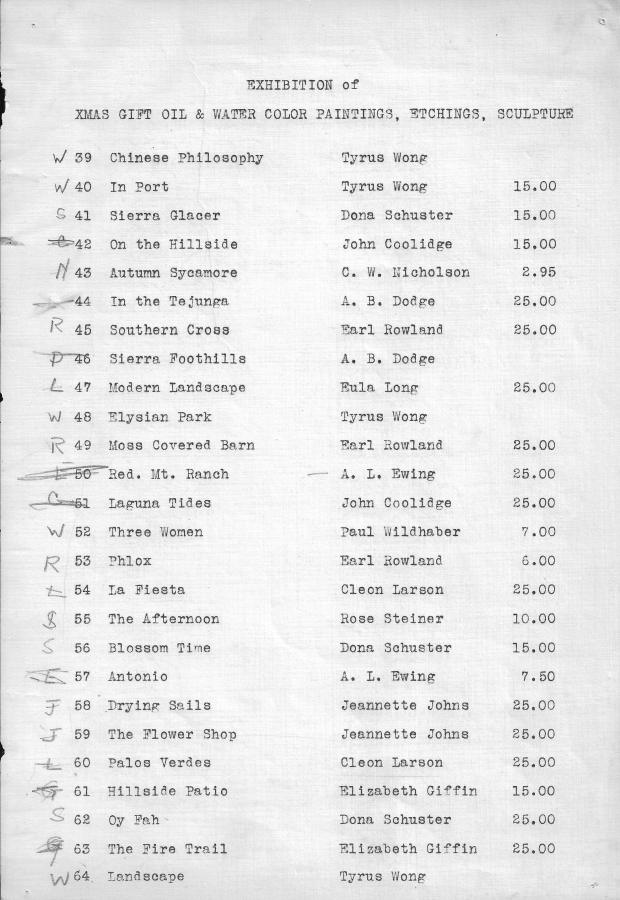

Videos
“Most of the things I’ve written about here were totally unexpected. And that’s how they should be. Writers should always be surprised. Oddly enough, it wasn’t until very recently that I went back and looked at the epigraph for On Gold Mountain. I had used the following lines from Wallace Steger’s Angles of Repose: ‘Fooling around in the papers of my grandparents, especially my grandmother, left behind, I get glimpses of lives close to mine, related to mine in ways I recognize but don’t comprehend. I’d like to live in their clothes a while.’ I didn’t realize when I chose those lines that they would turn out to be so profound for me. In all my novels, including the mysteries, I’ve written about history that has been lost, forgotten, or deliberately covered up. I’ve written about how history affects individual people and their families, every day, including all of us right now. With my writing, I’ve tried to be in the room with my characters and to ‘live in their clothes a while’”
On Gold Mountain, page 384 (Hardcover)
Explore the tabs marked “Family,” “Historical,” and “Movies” for a visual exploration of the world of On Gold Mountain. You’ll find interviews with Lisa See, along with other members of the See family, excerpts from movies featuring props supplied by the F. Suie One Company, and more.
Family
Lisa See Talk: Chinese-American Family Research
Historical
Tyrus Wong: Angel Island Profile
Angel Island: Interviews with Li Keng Wong and Ed Chun
Movies
Below are clips from movies whose props were supplied by the F. Suie One Company!
Broken Blossoms, 1919
Shanghai Express, 1932
The Bitter Tea of General Yen, 1933
Macao, 1952
The Joy Luck Club, 1993 (Look out for the mahjong table!)
Visit to Dimtao
“I knew I would have to go to Dimtao, walk the alleyways, see my great-grandfather’s mansion and the house where Fong Yun’s children were kidnapped. More important, I knew I had to find the people who would know the stories to go along with those places”
On Gold Mountain, page 359 (Hardcover)

